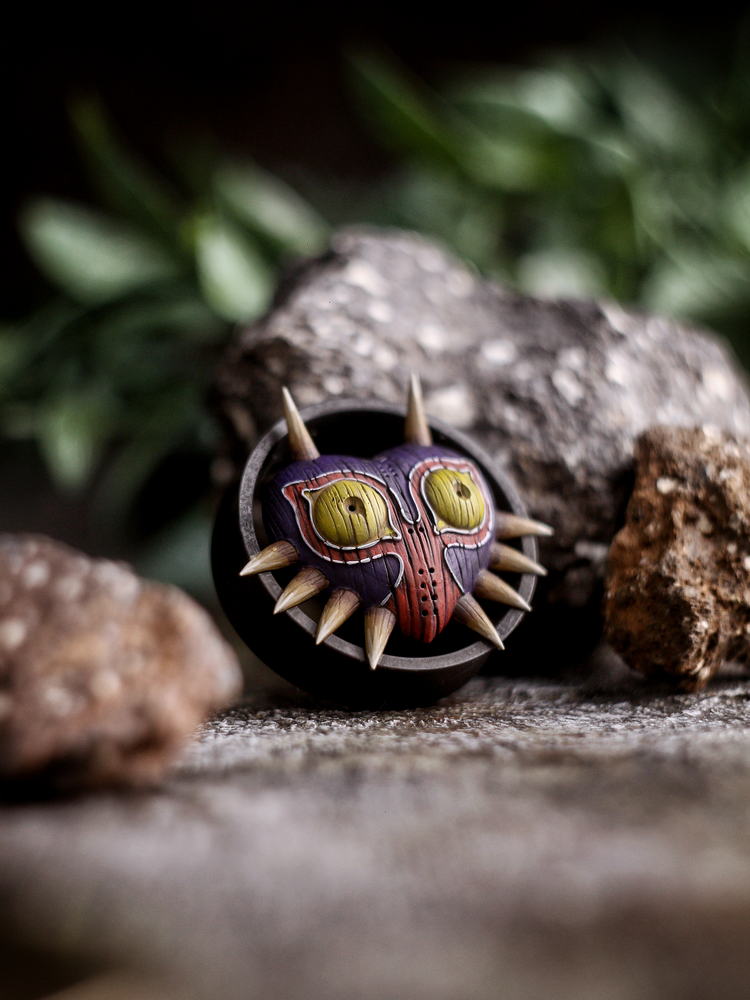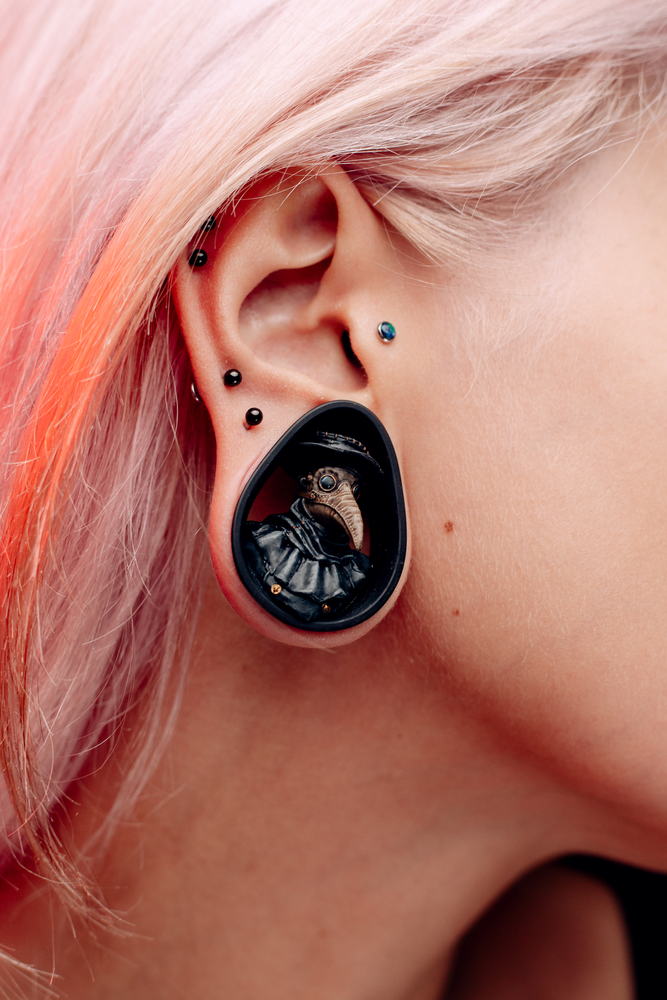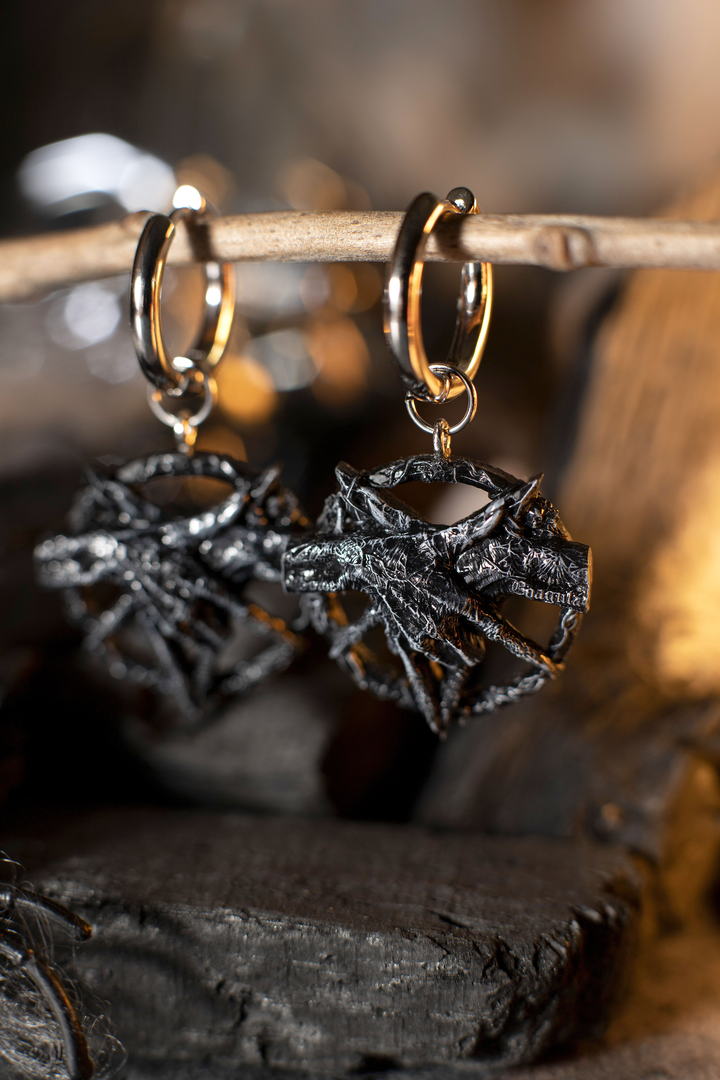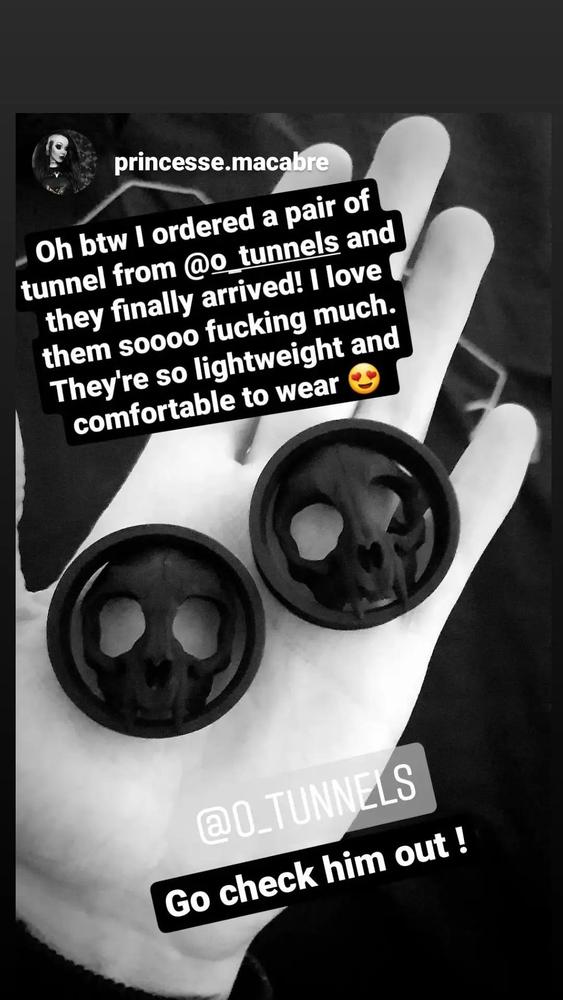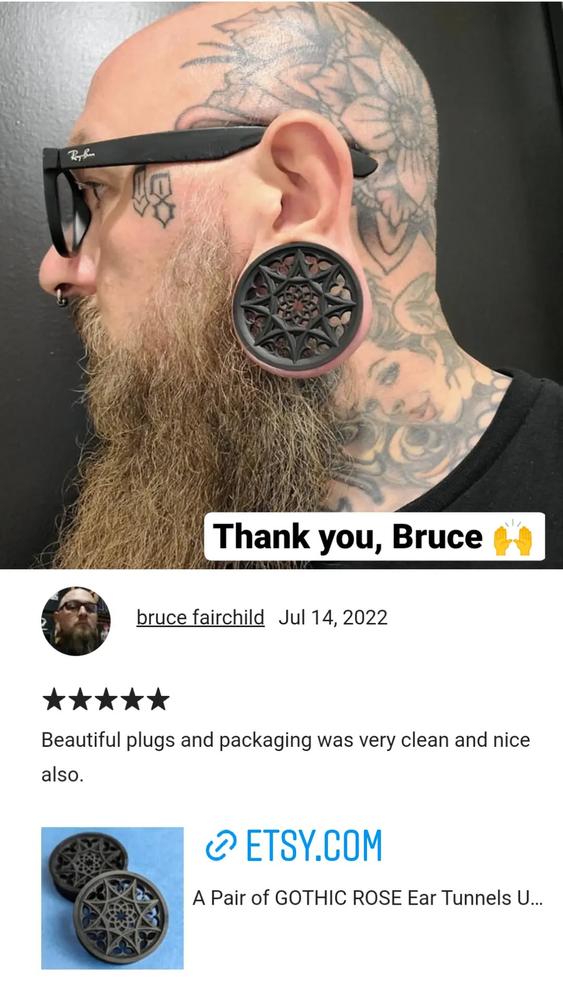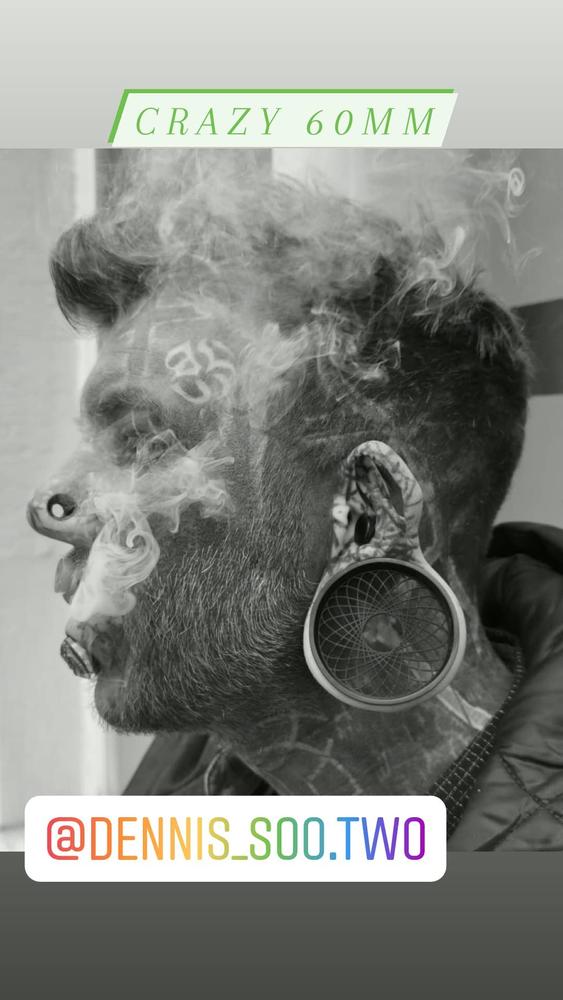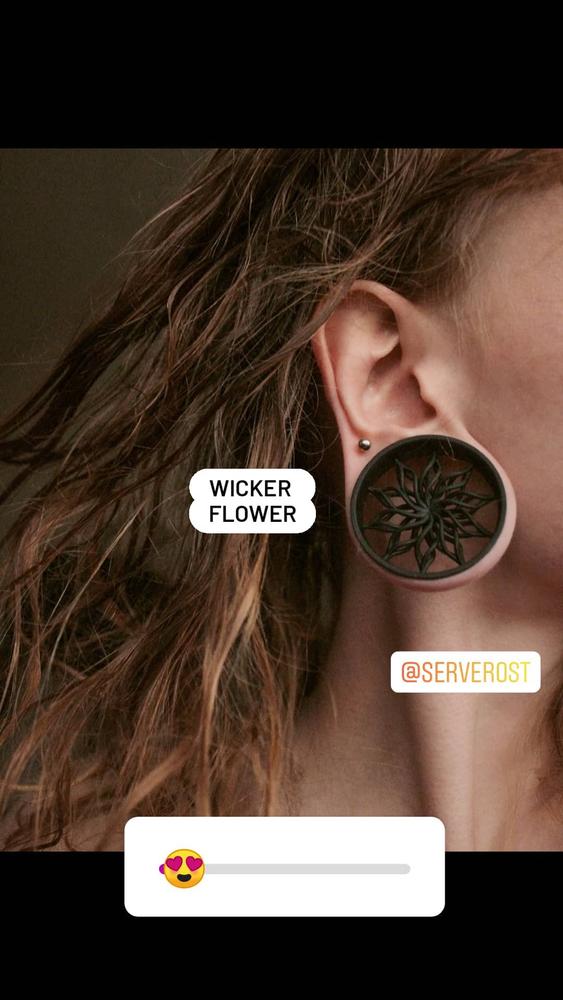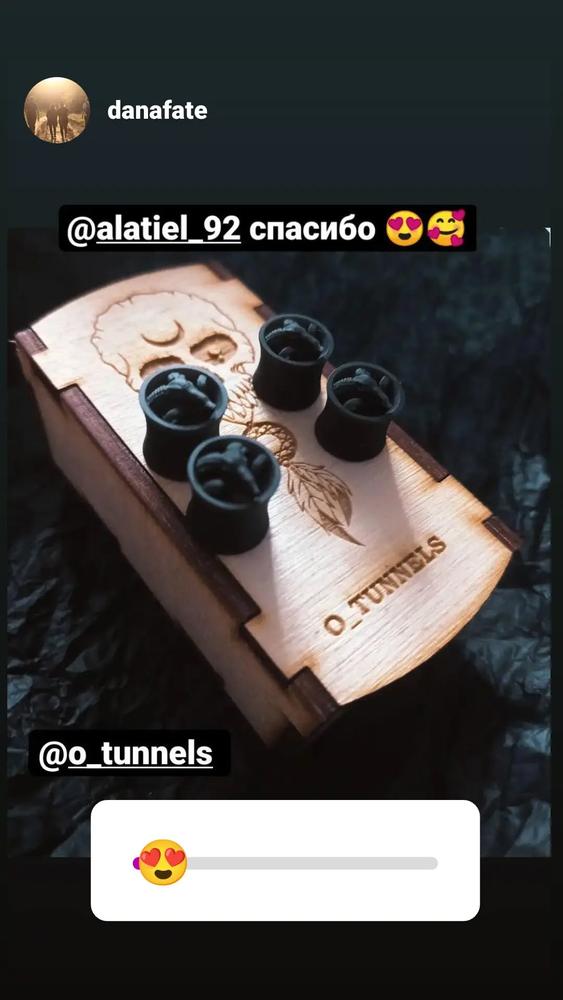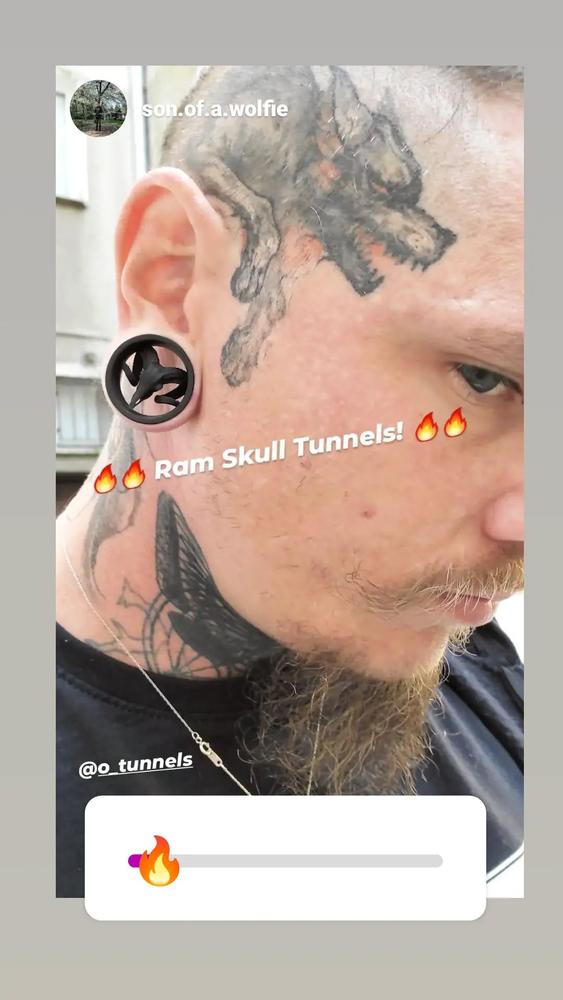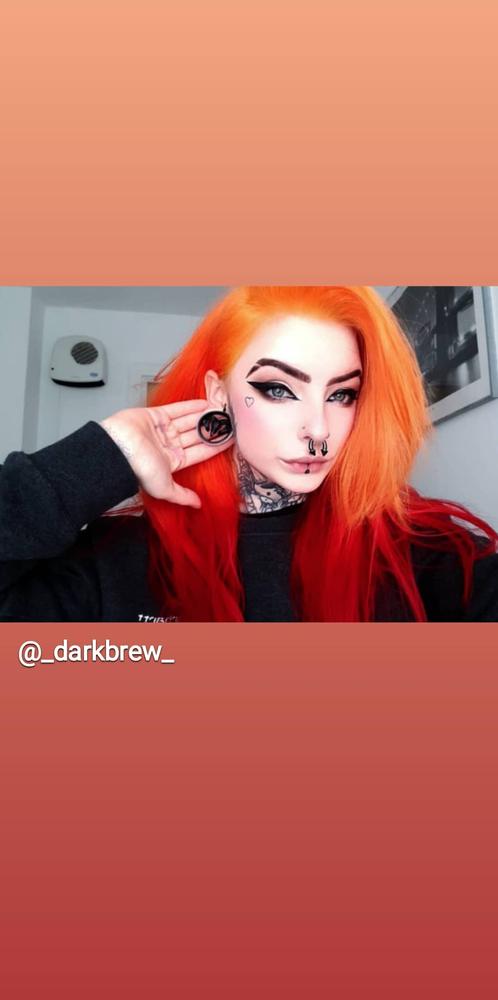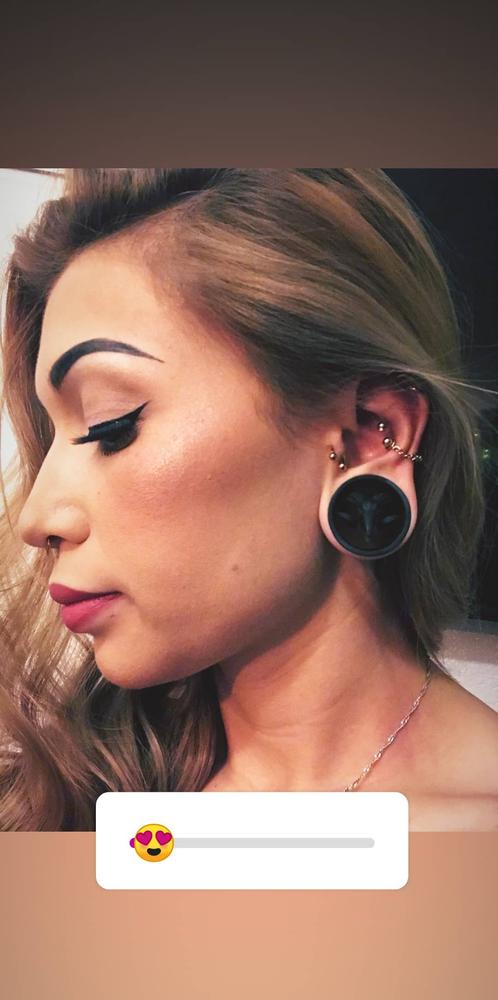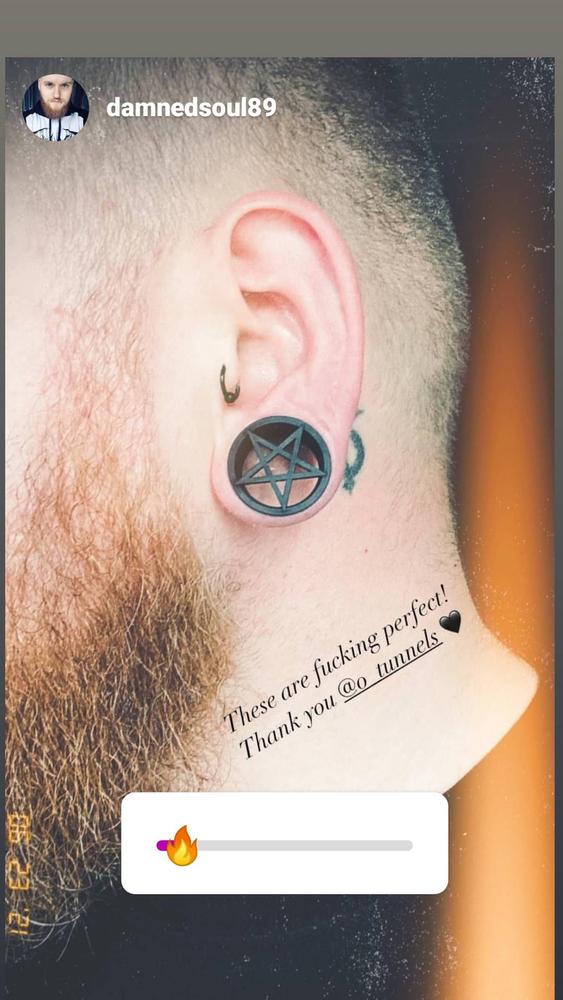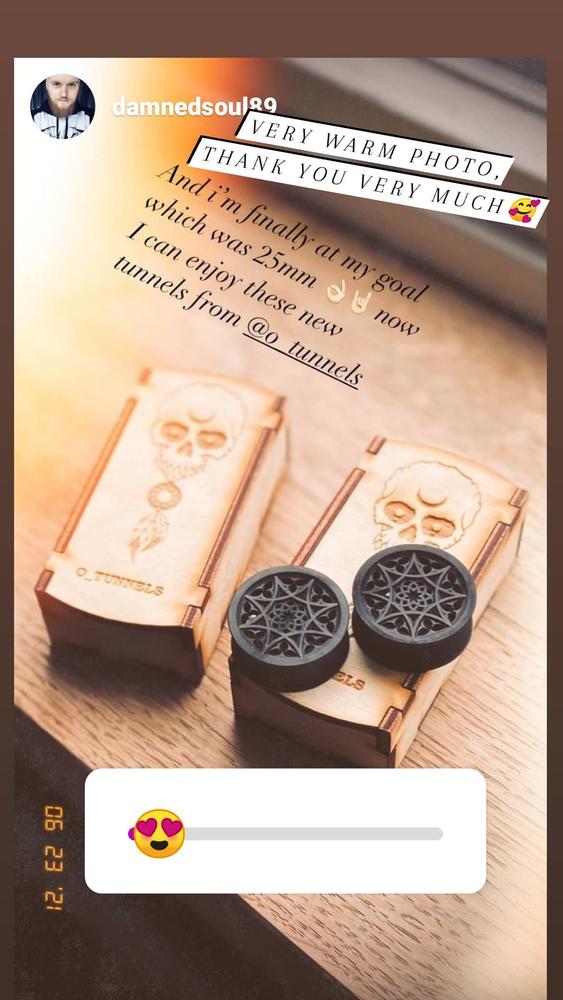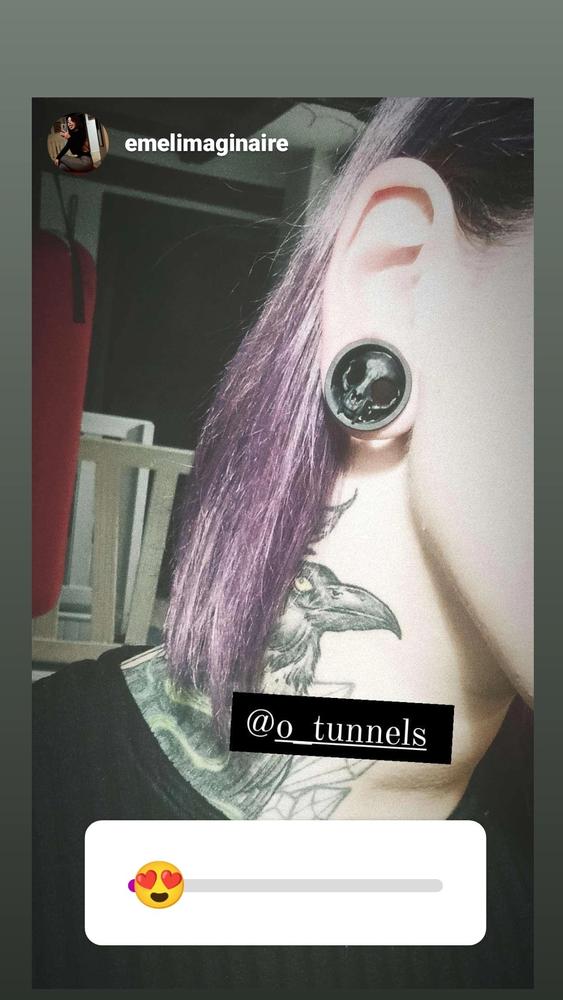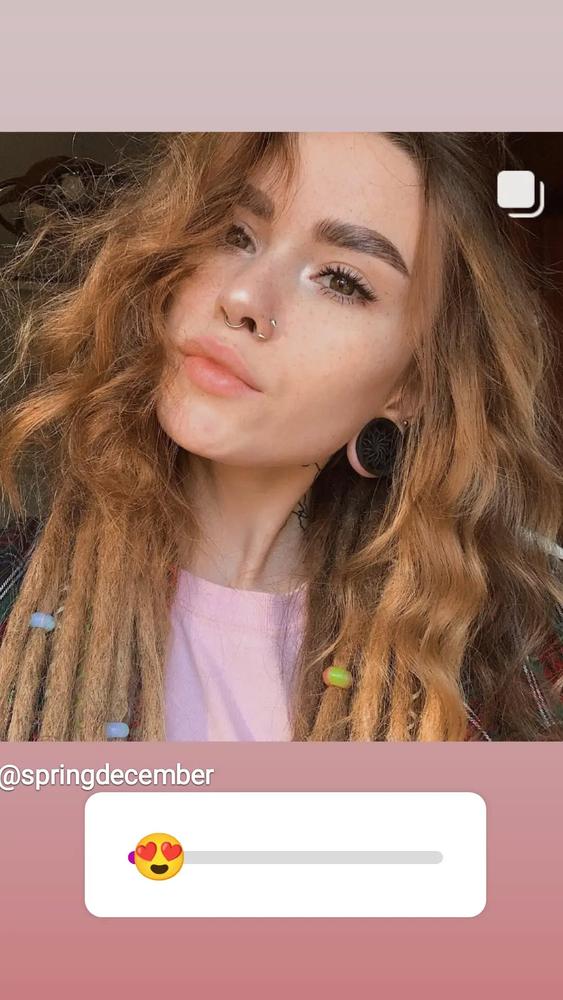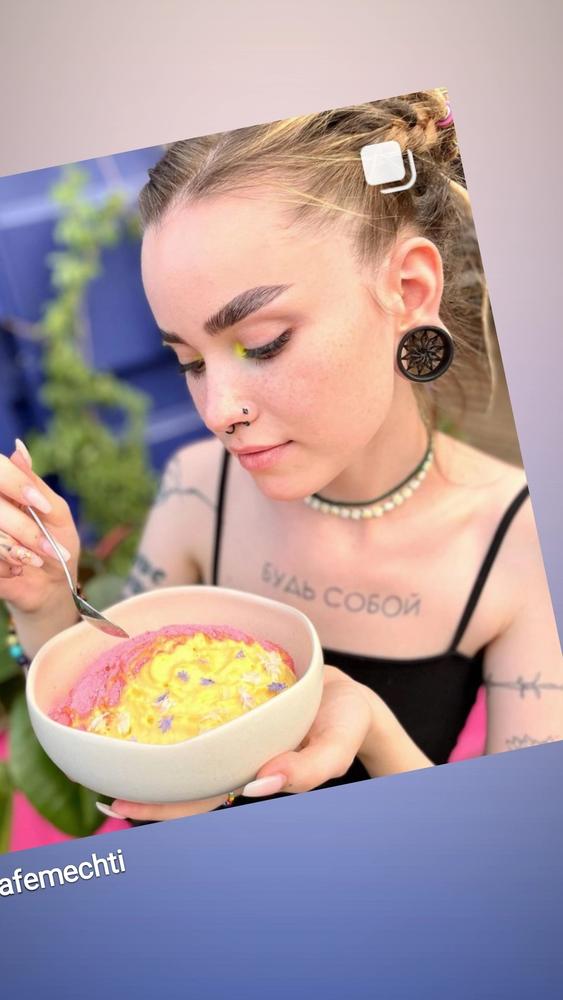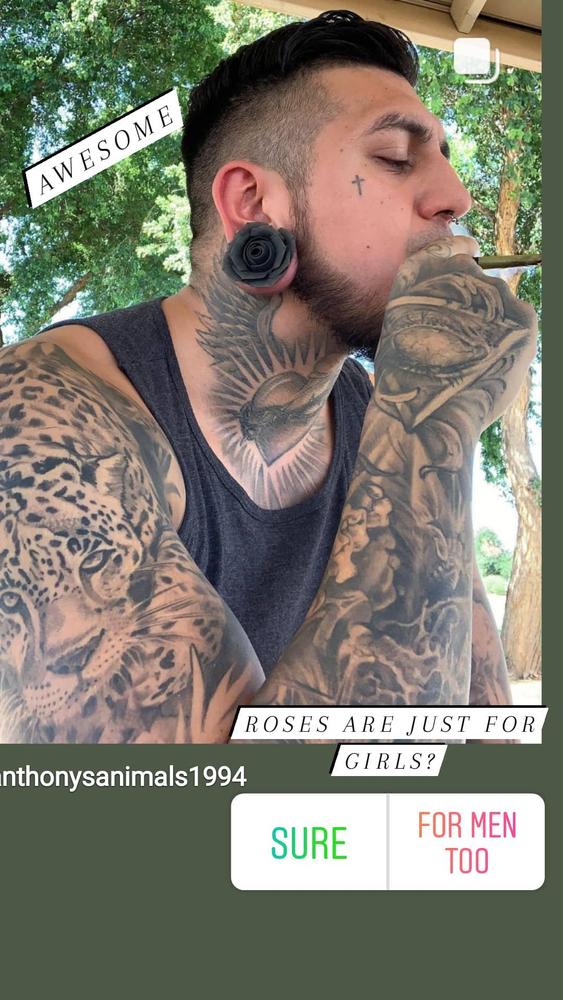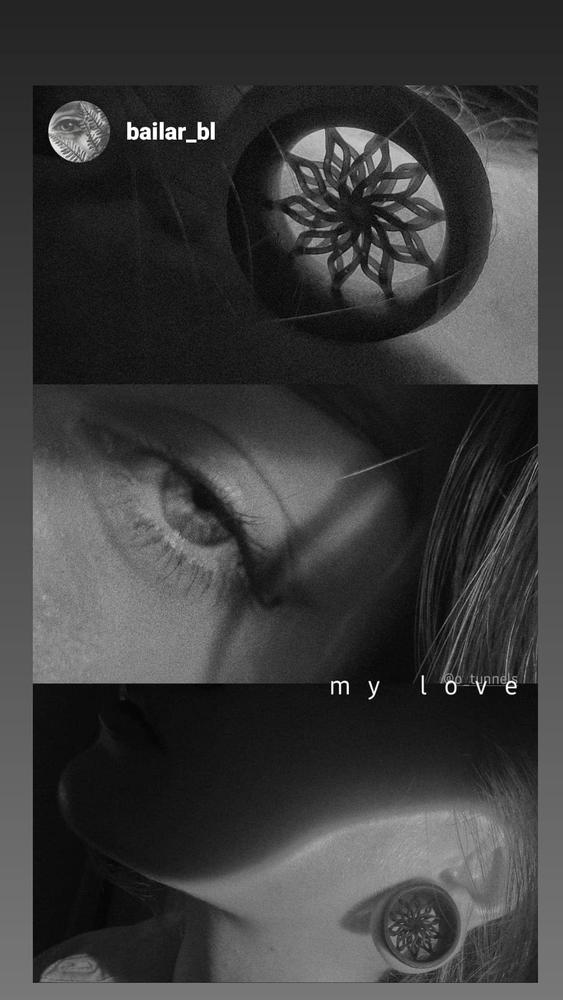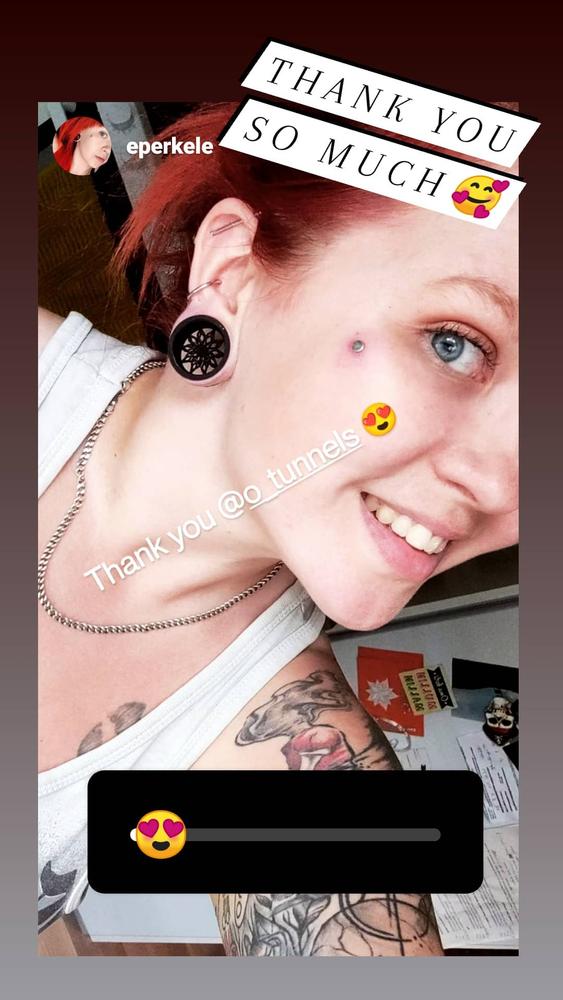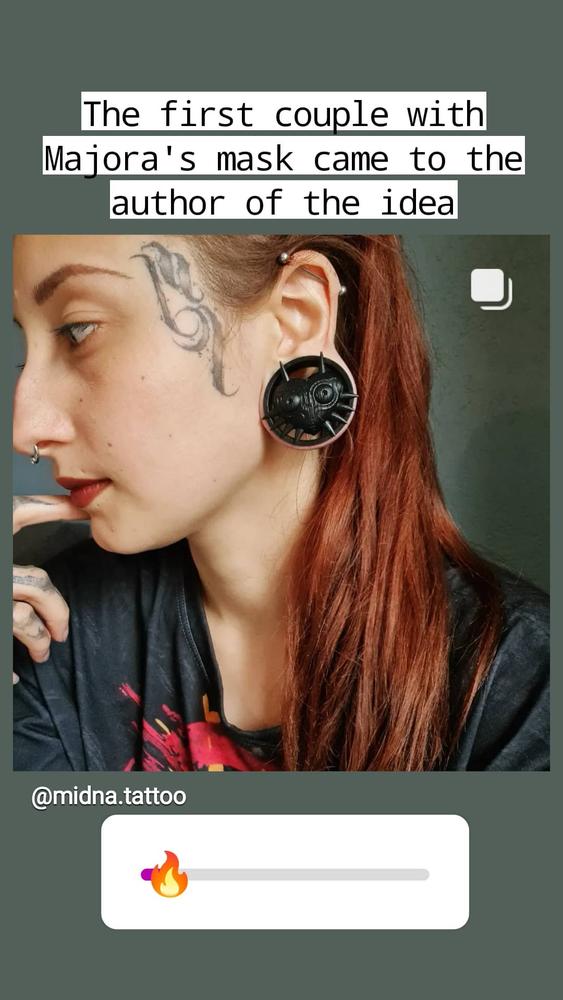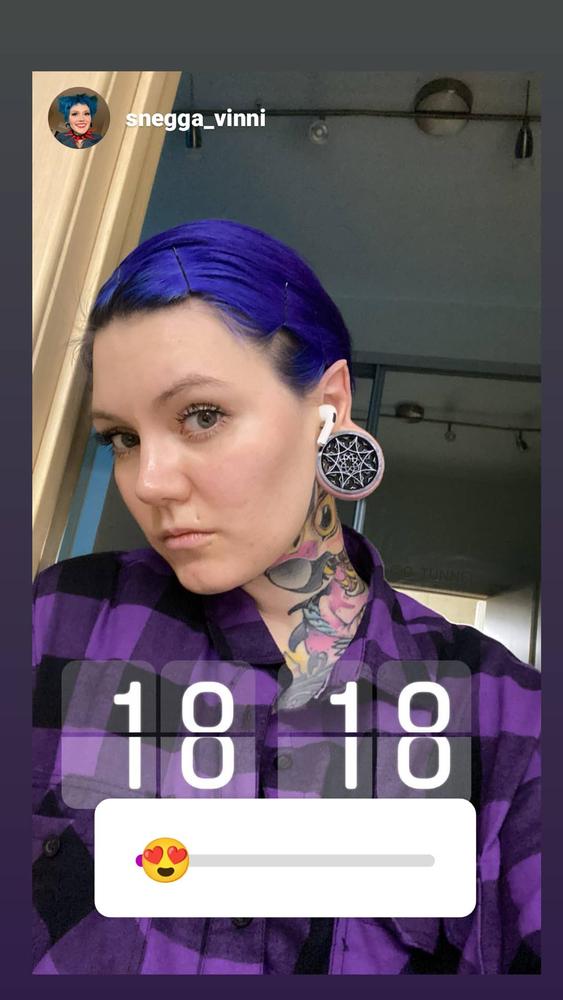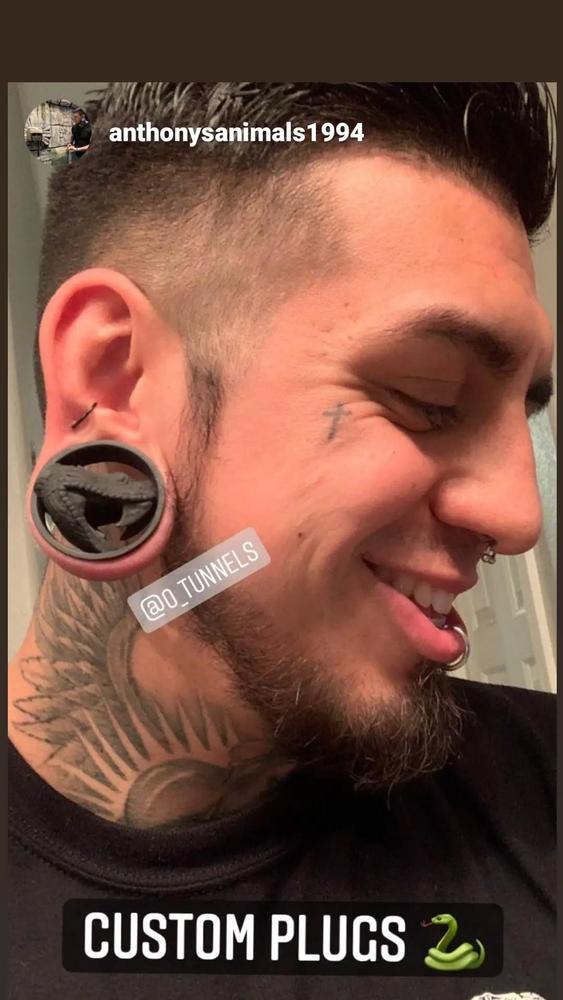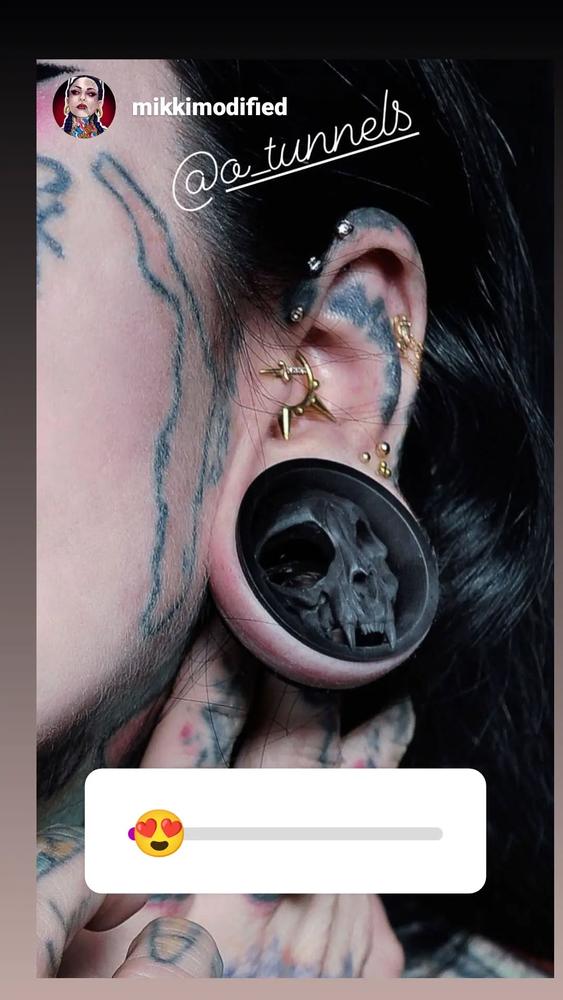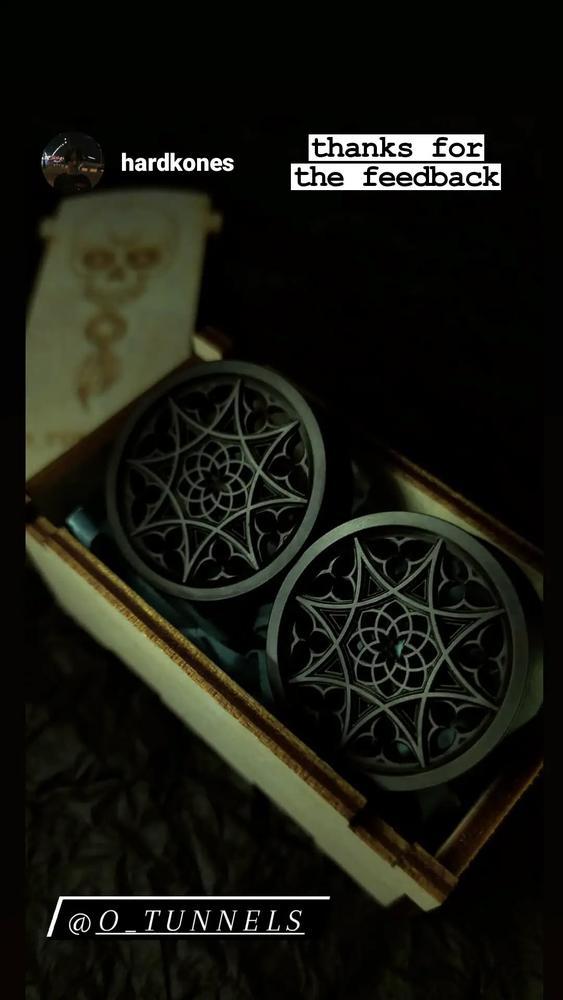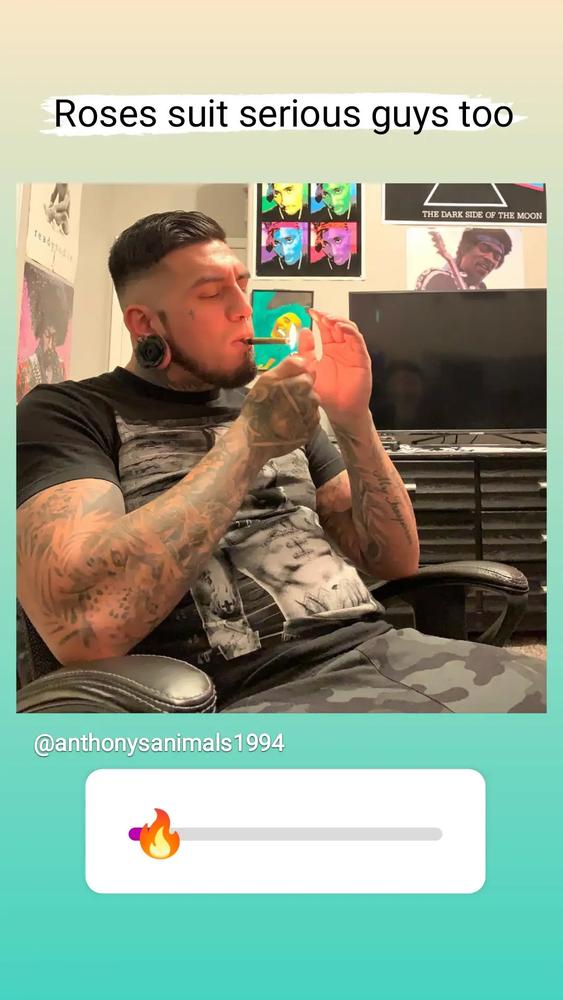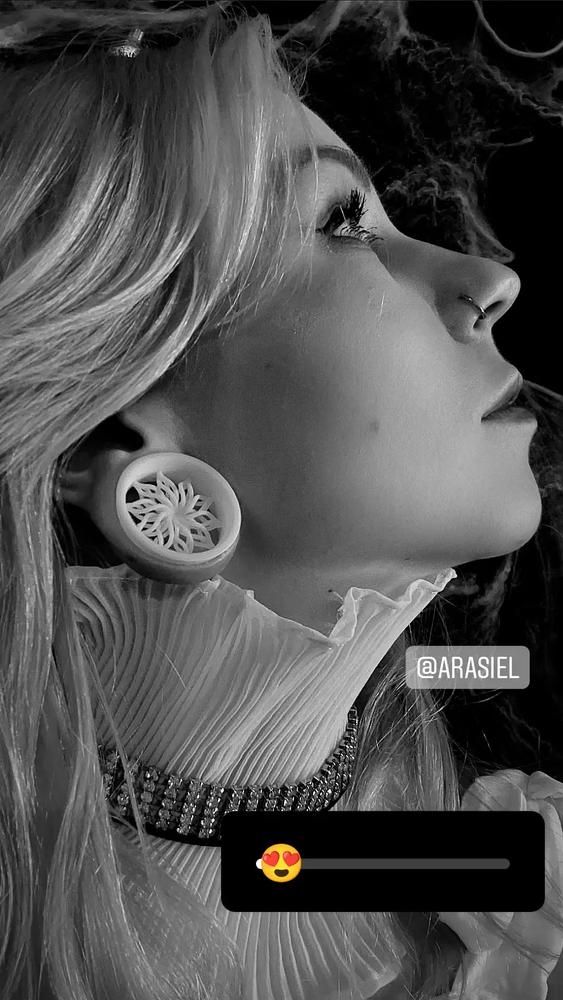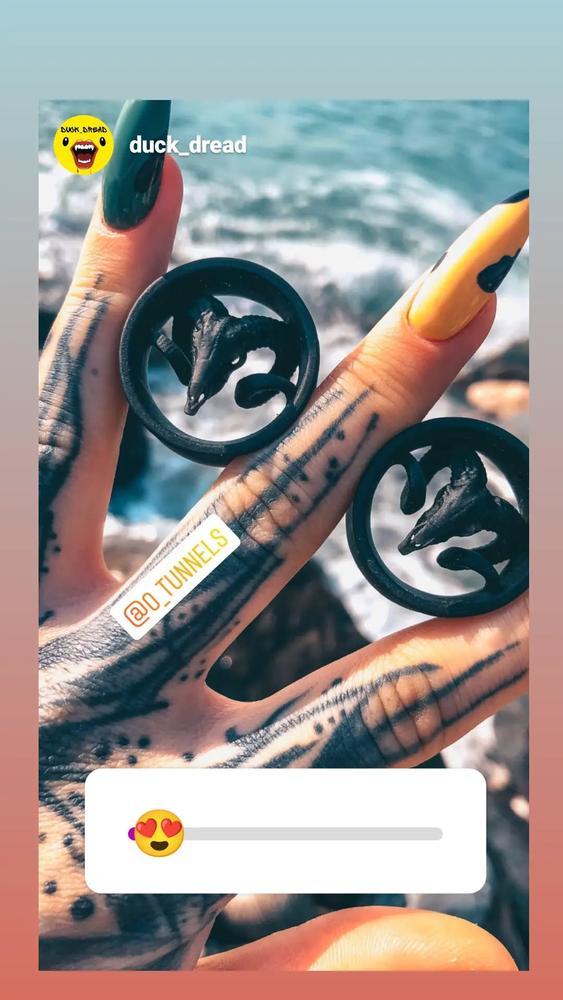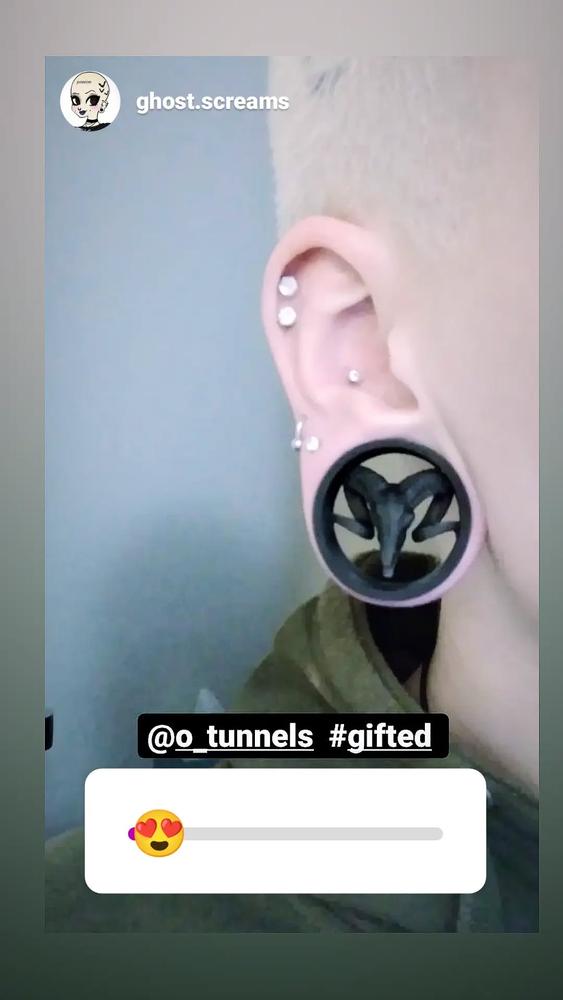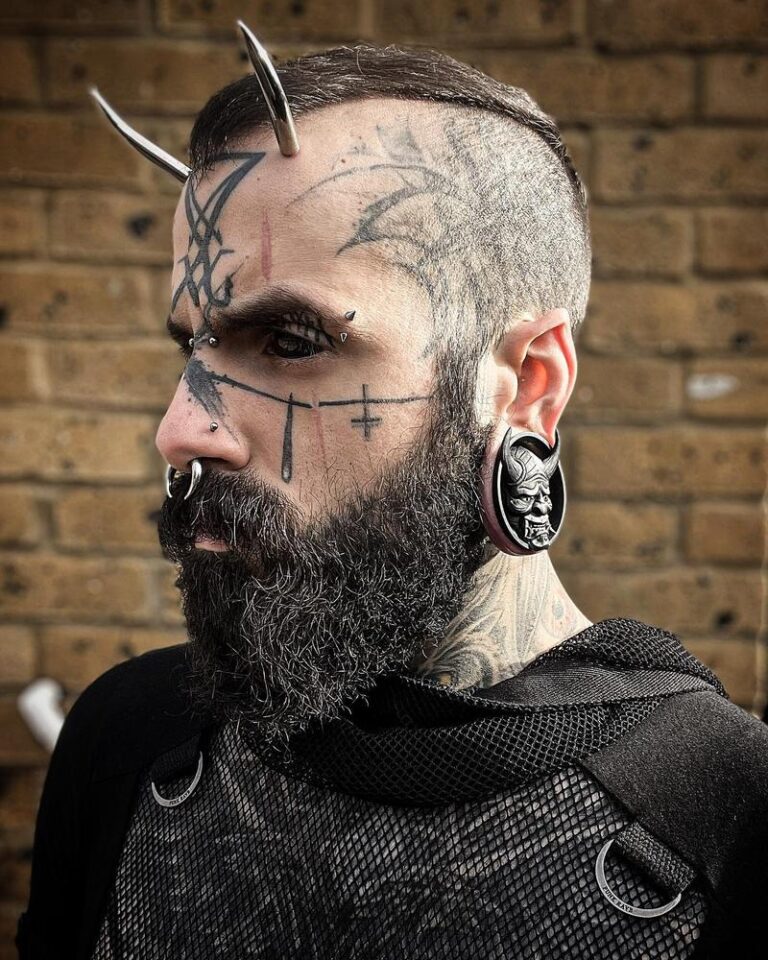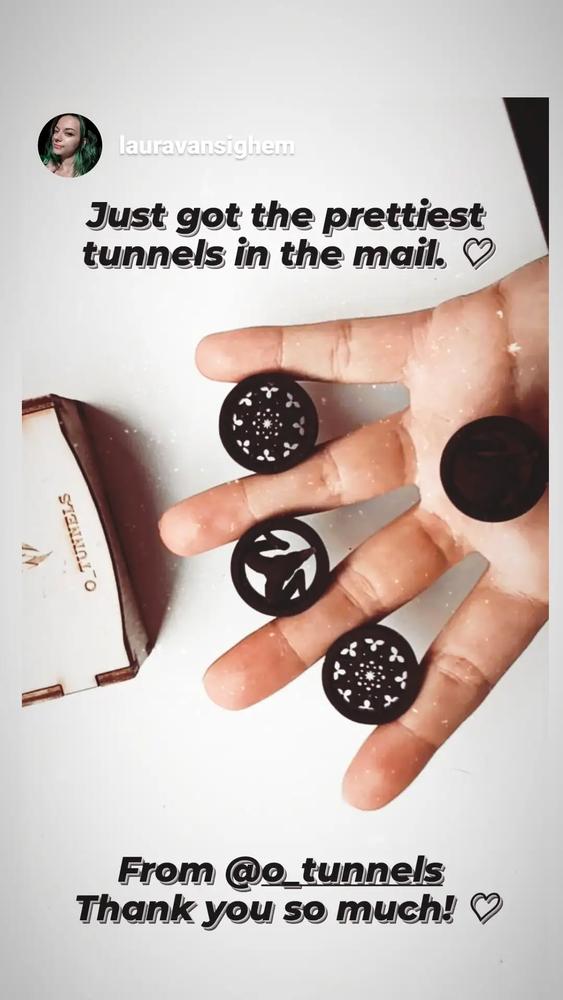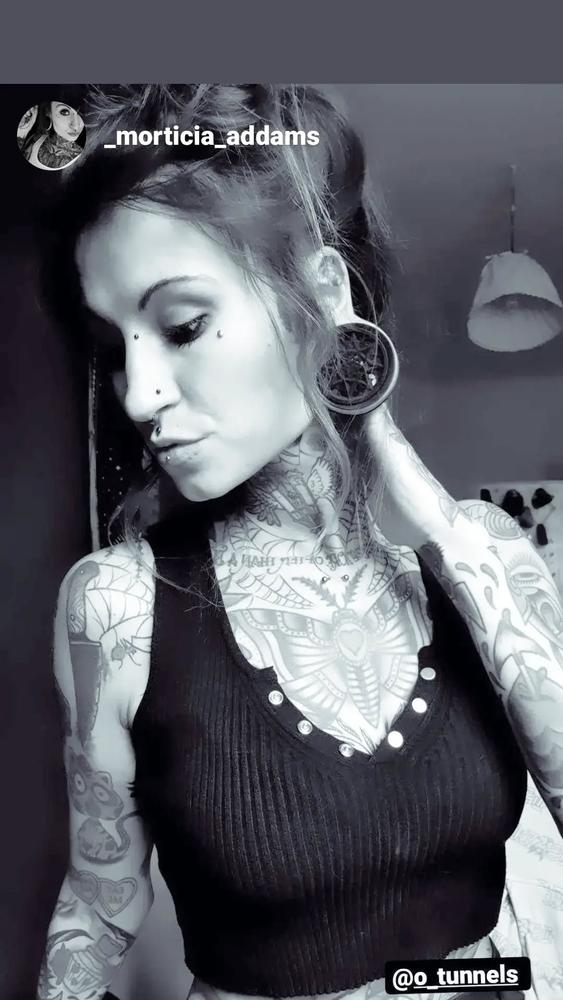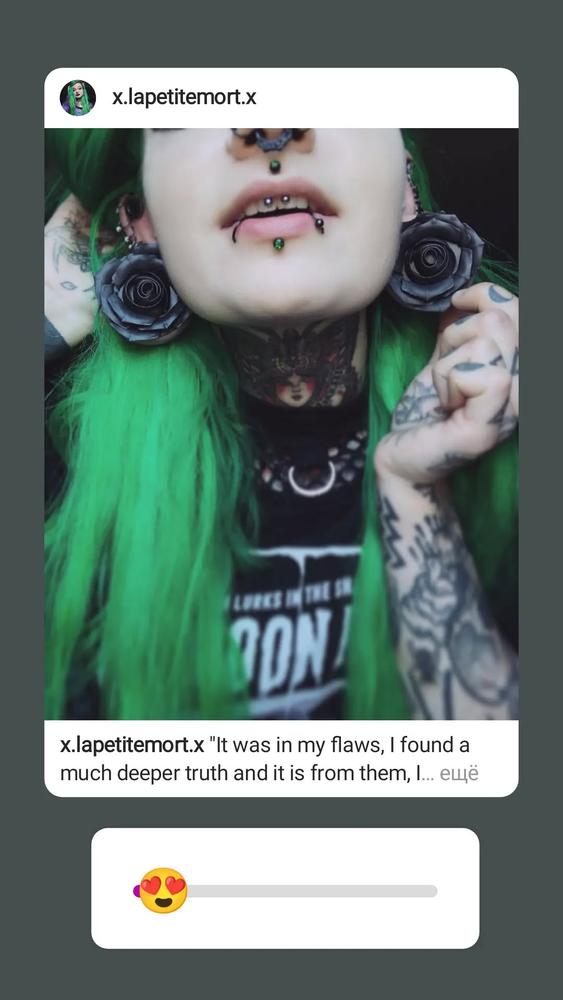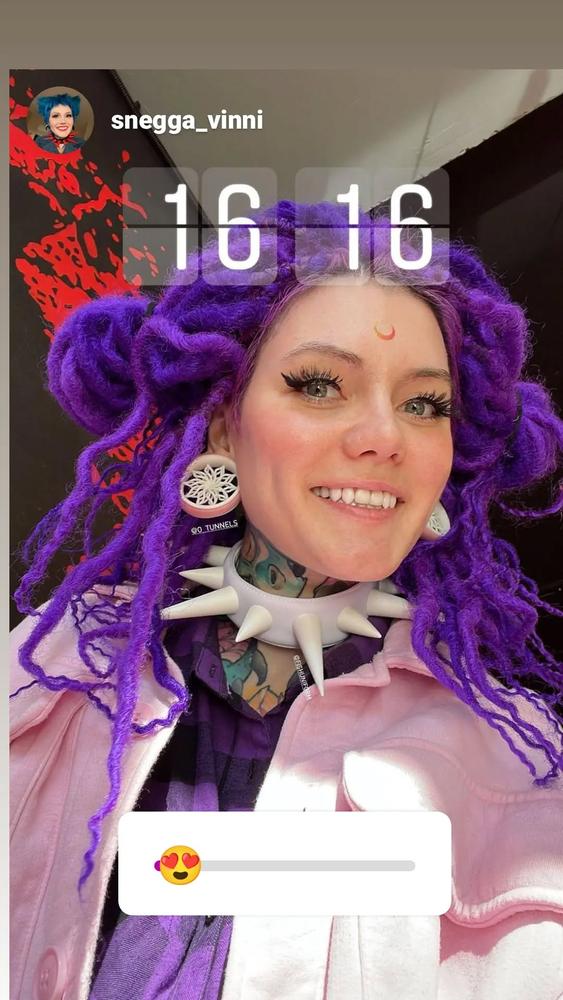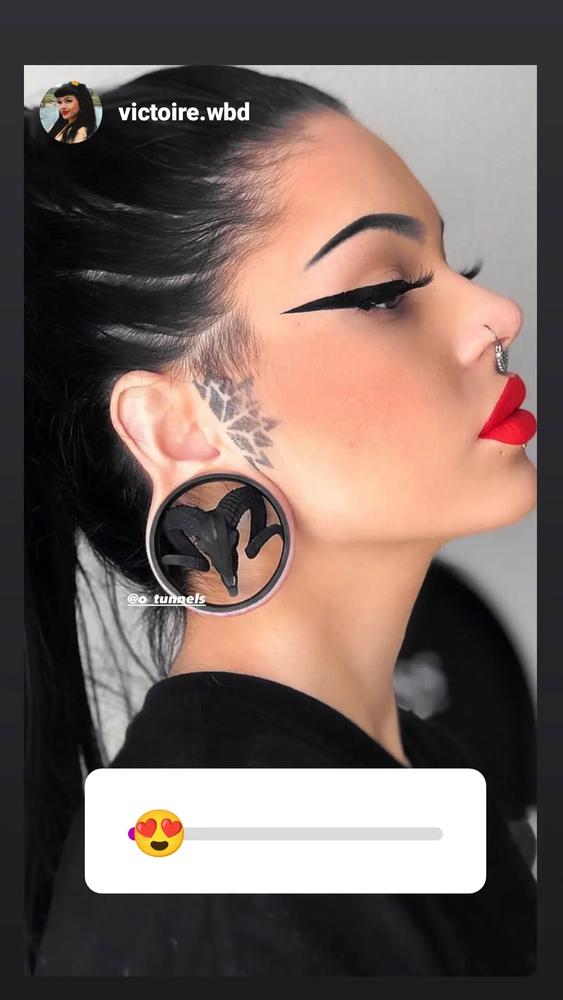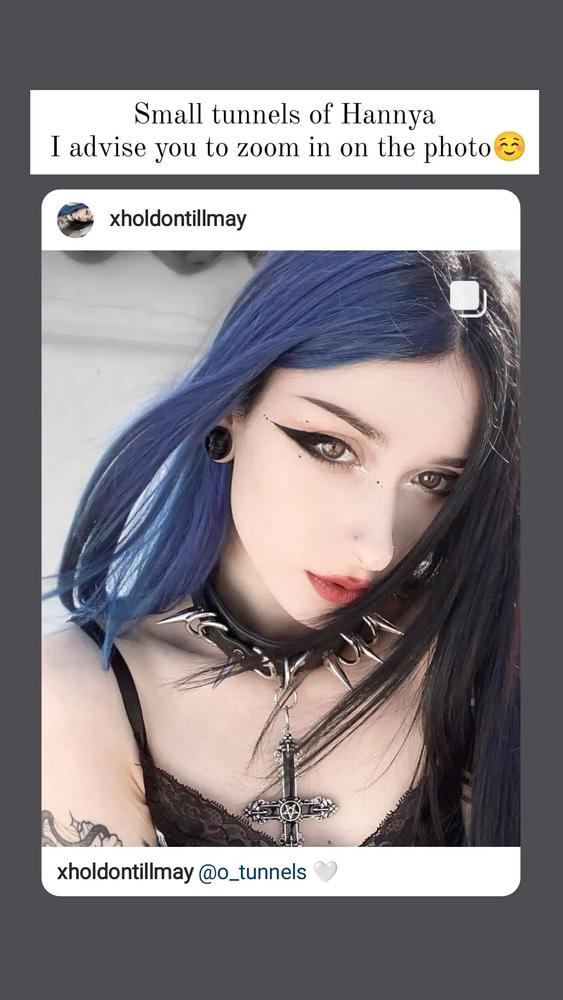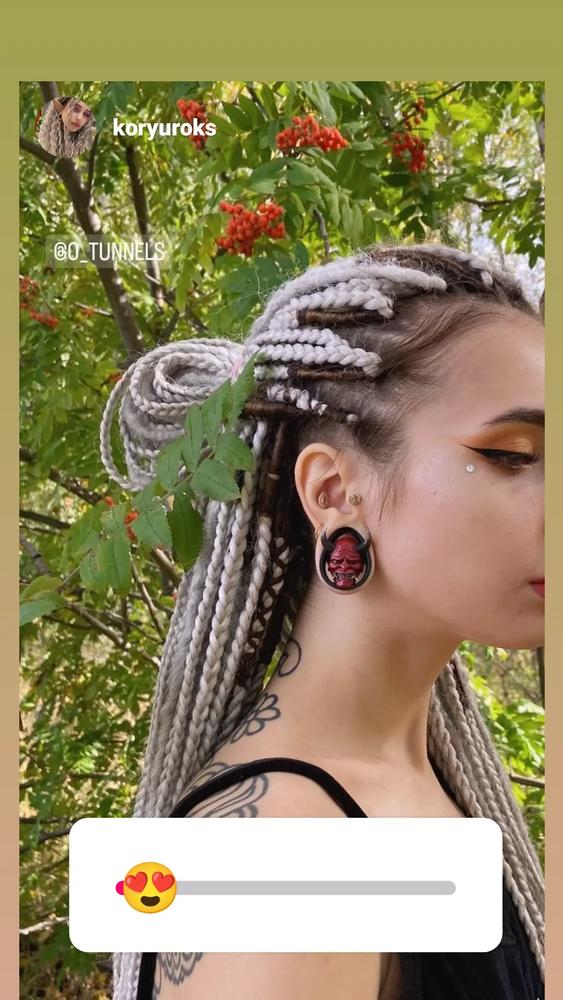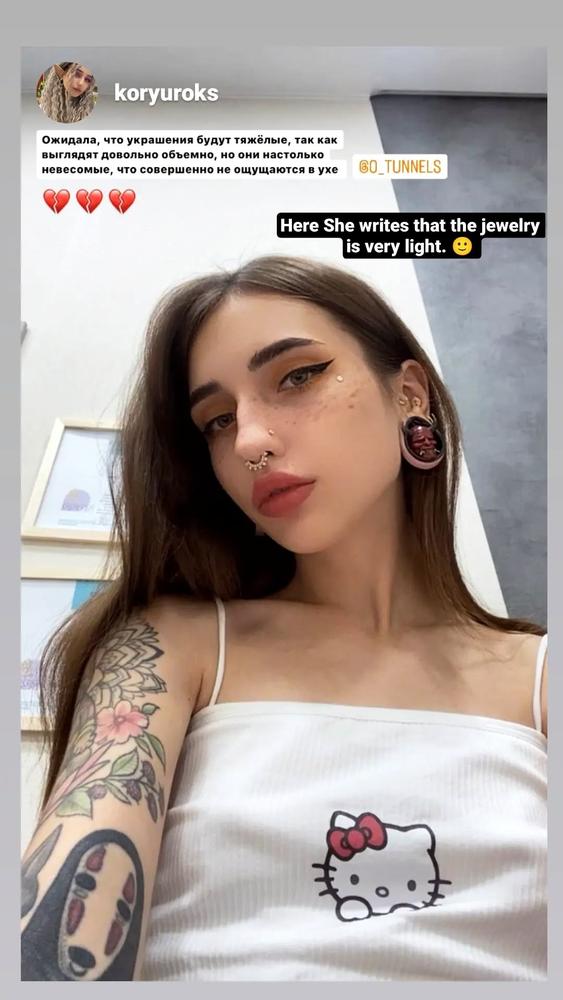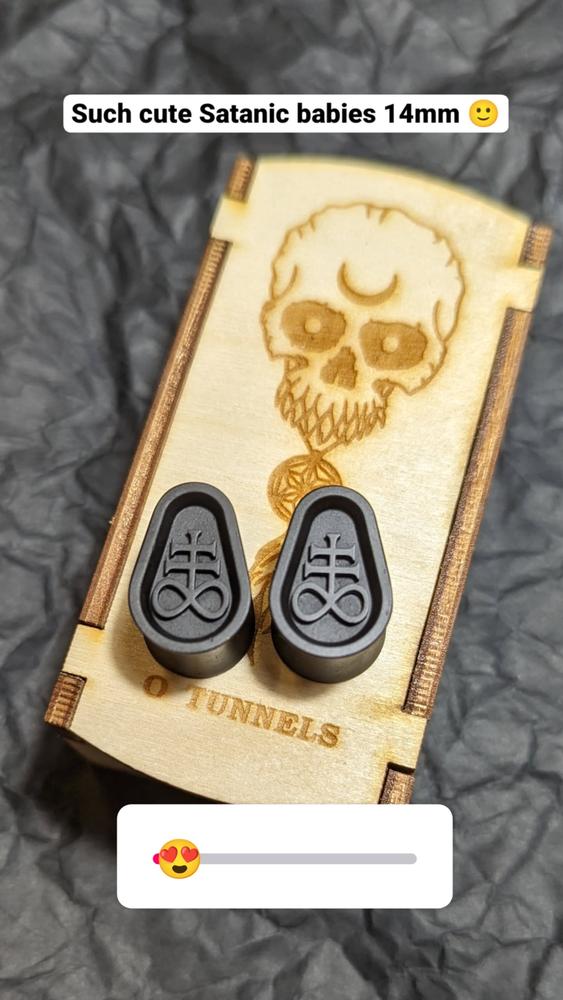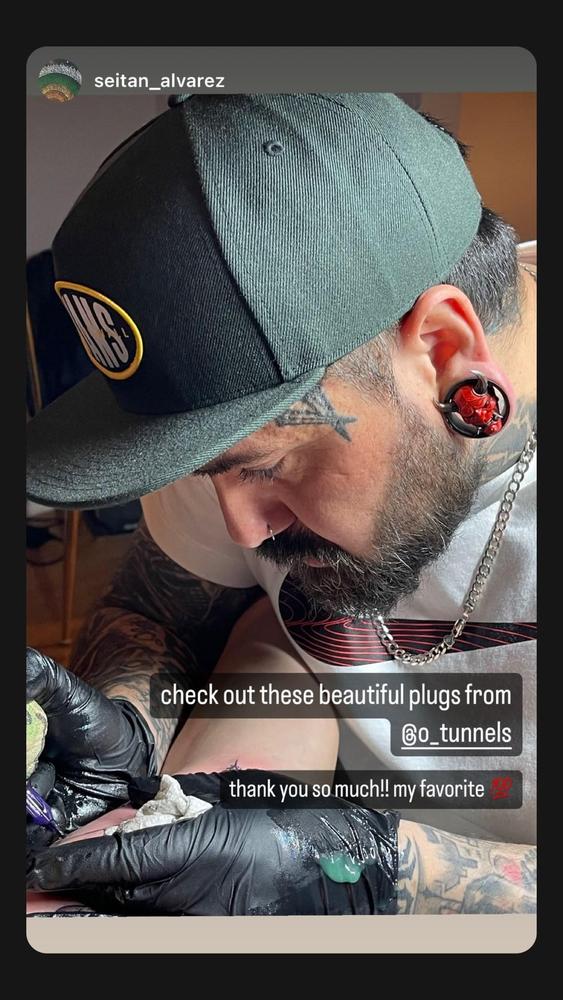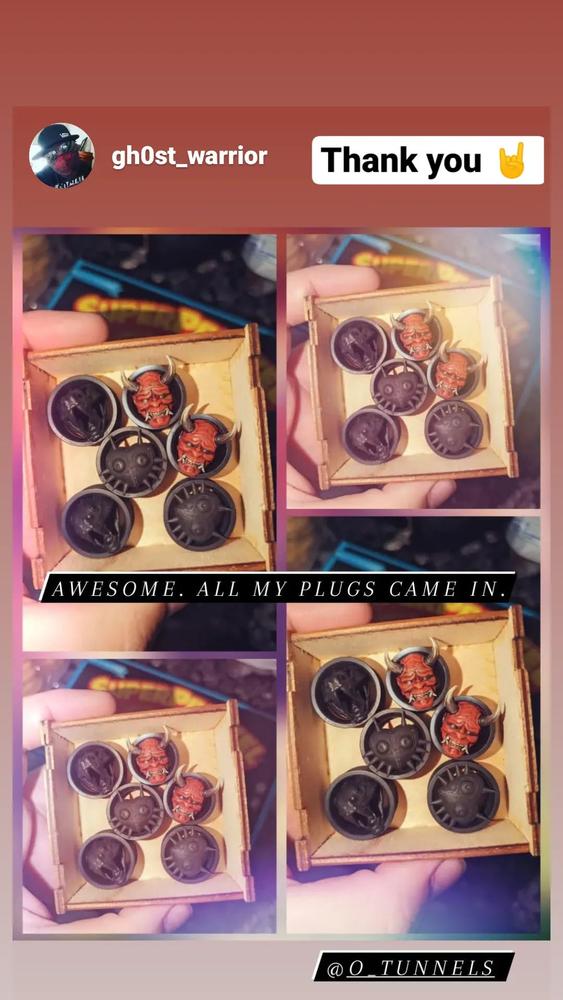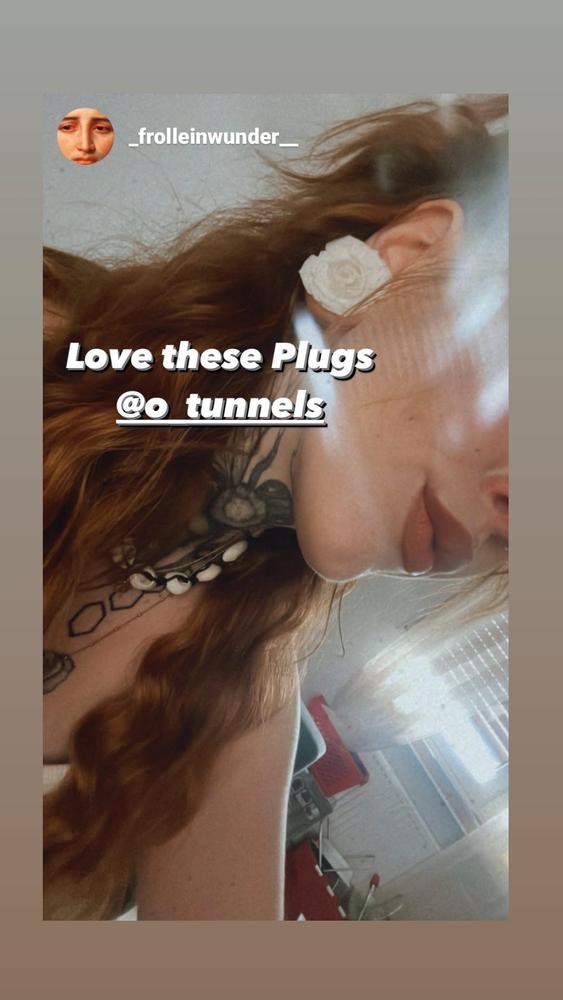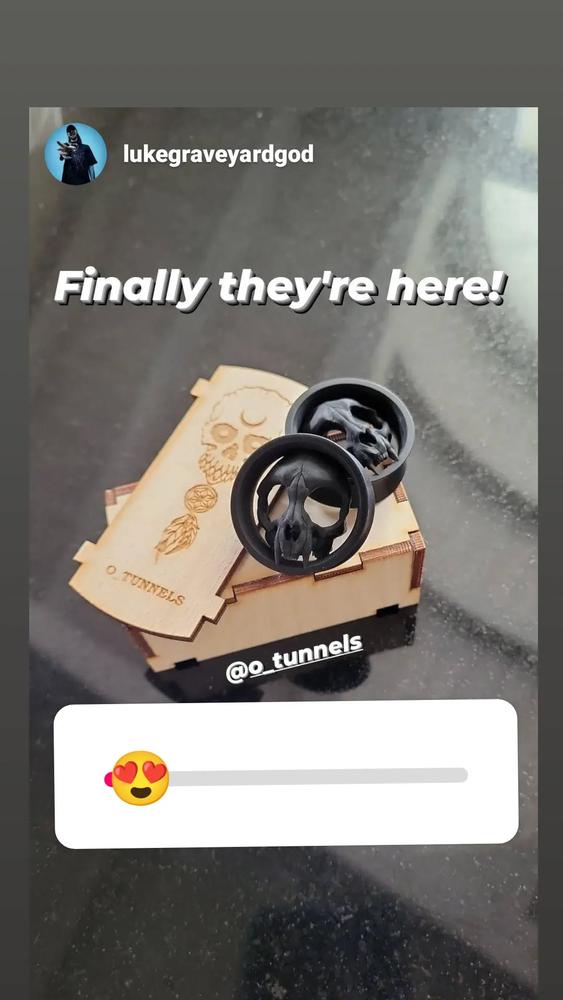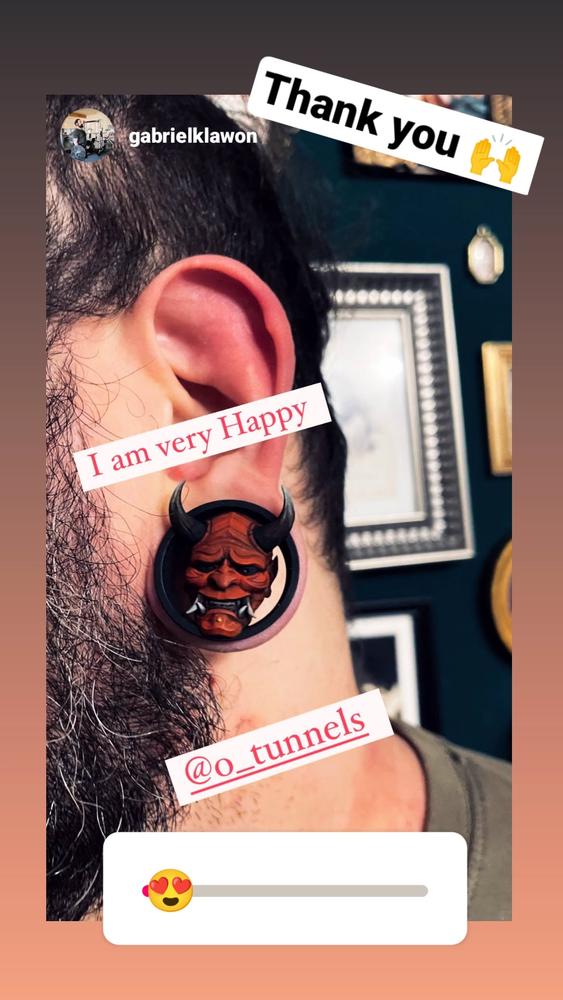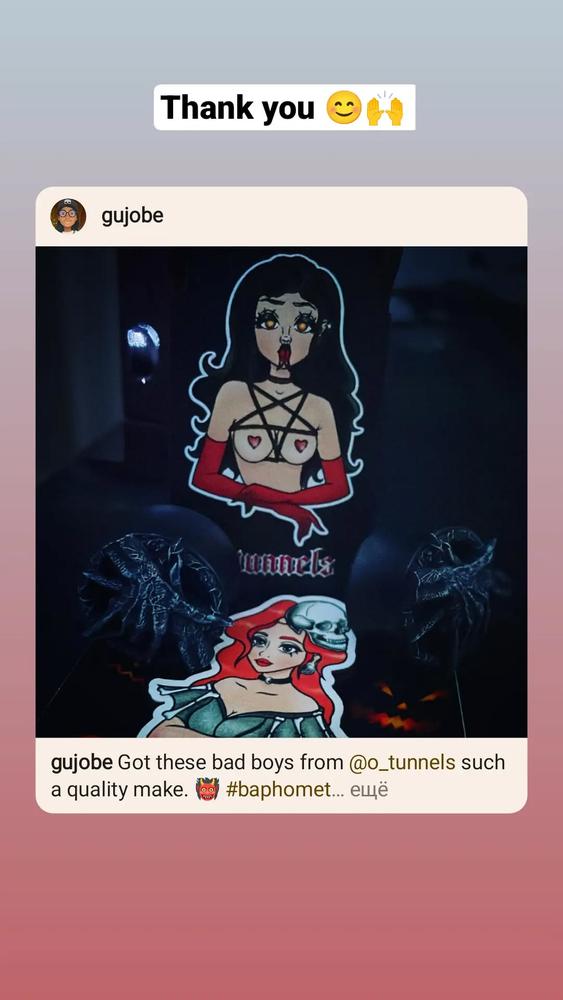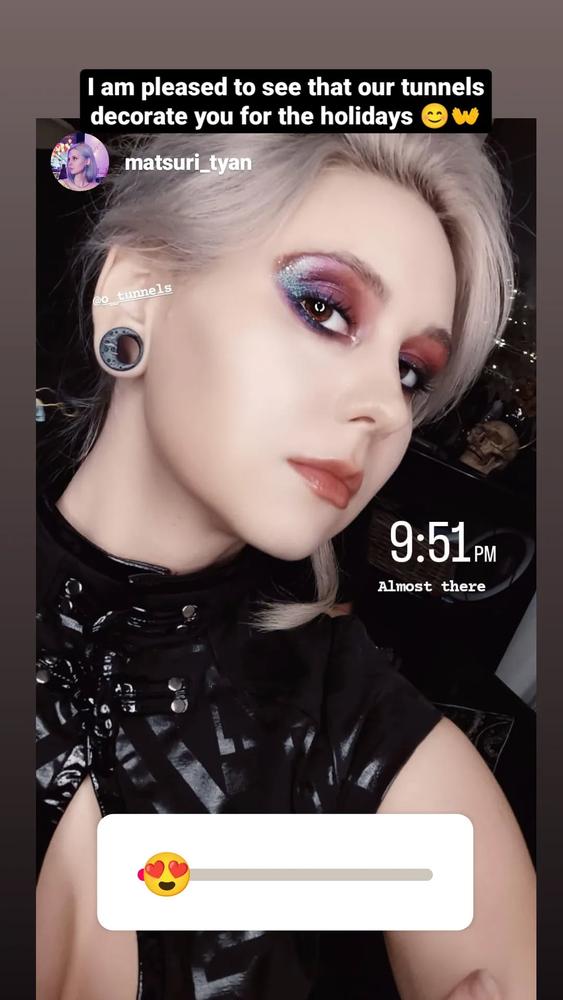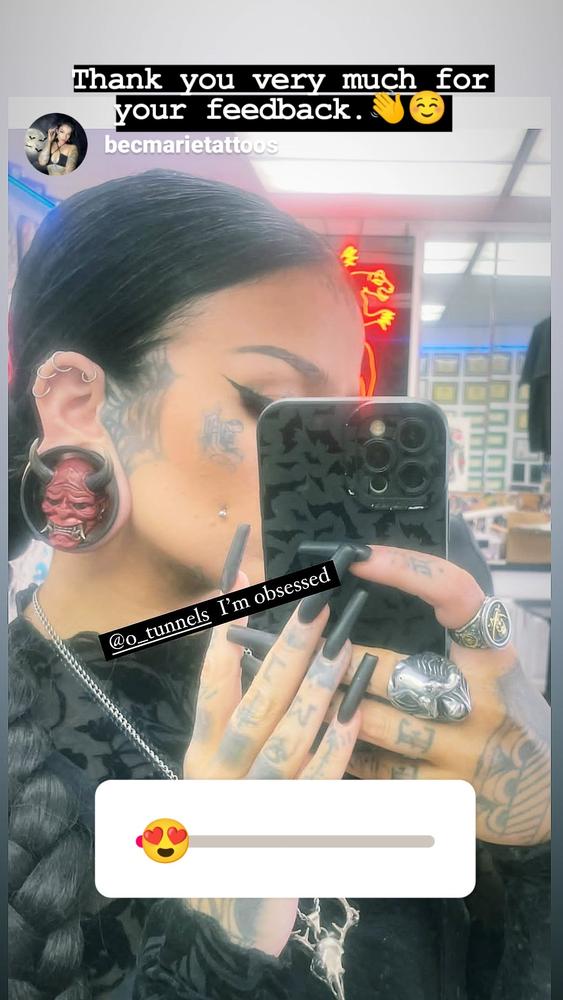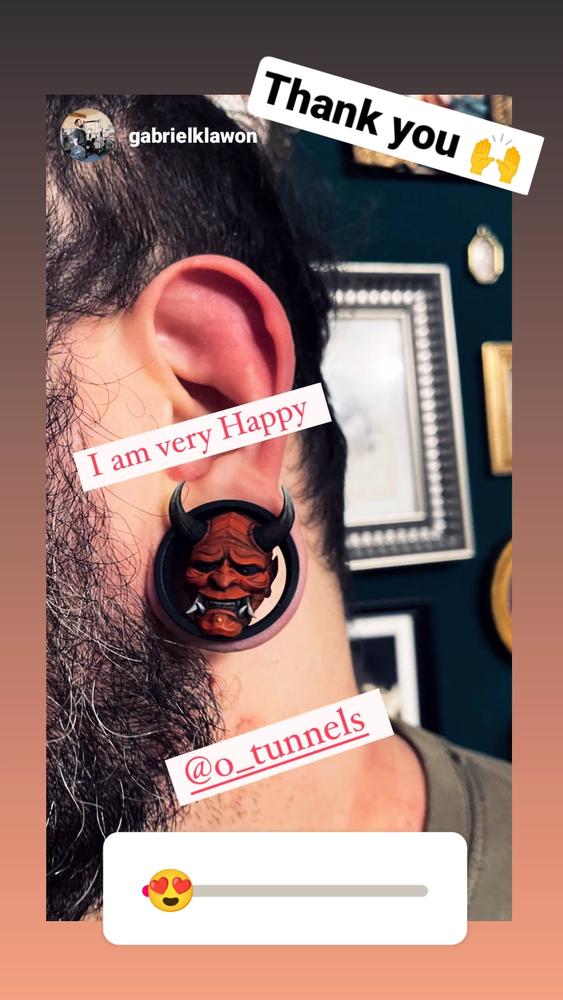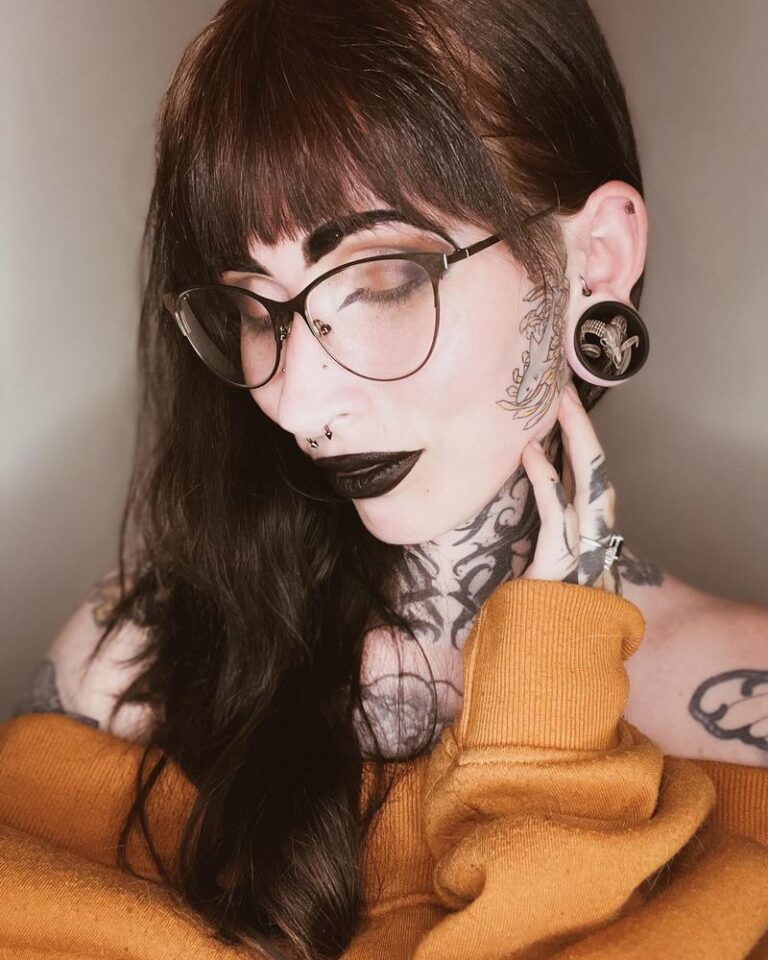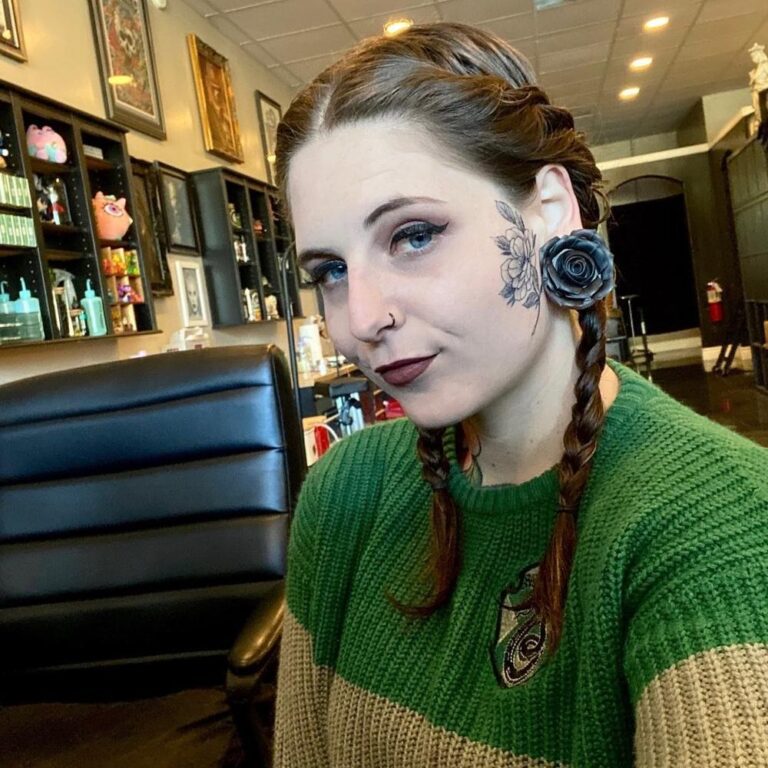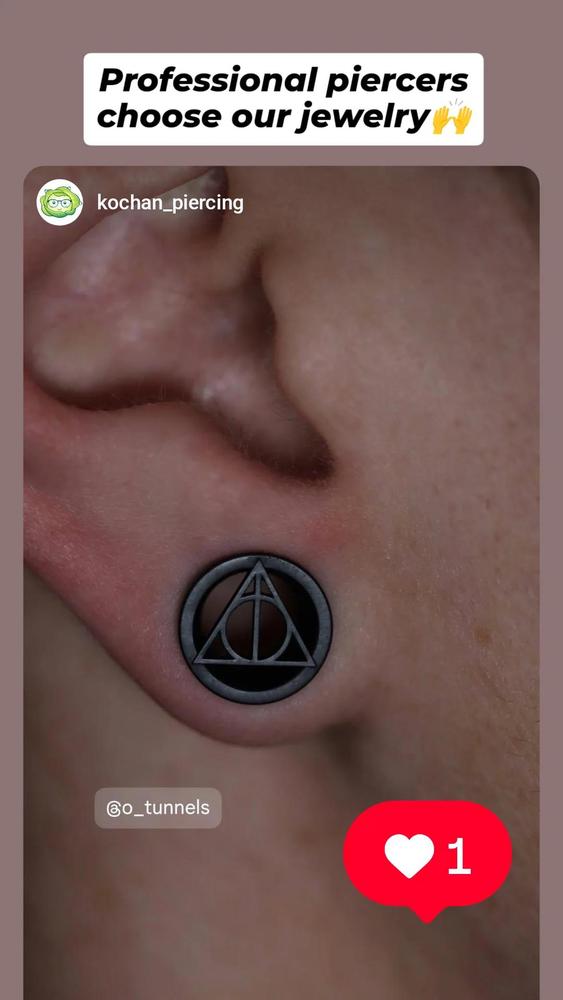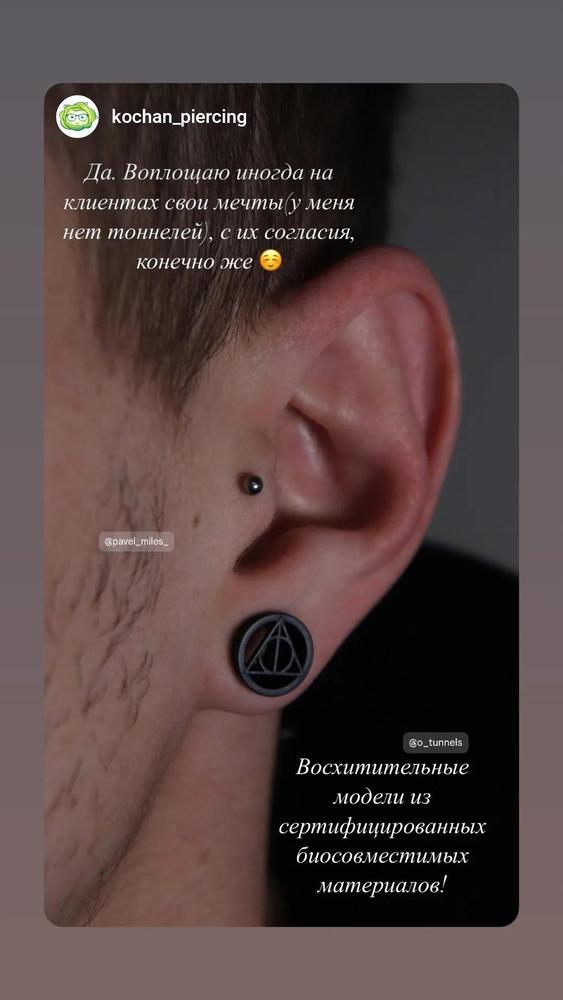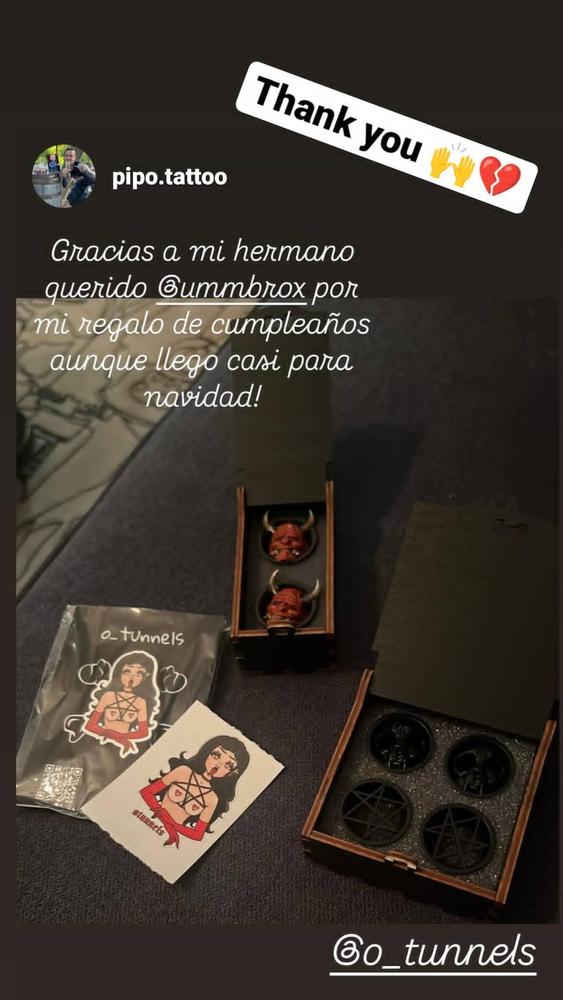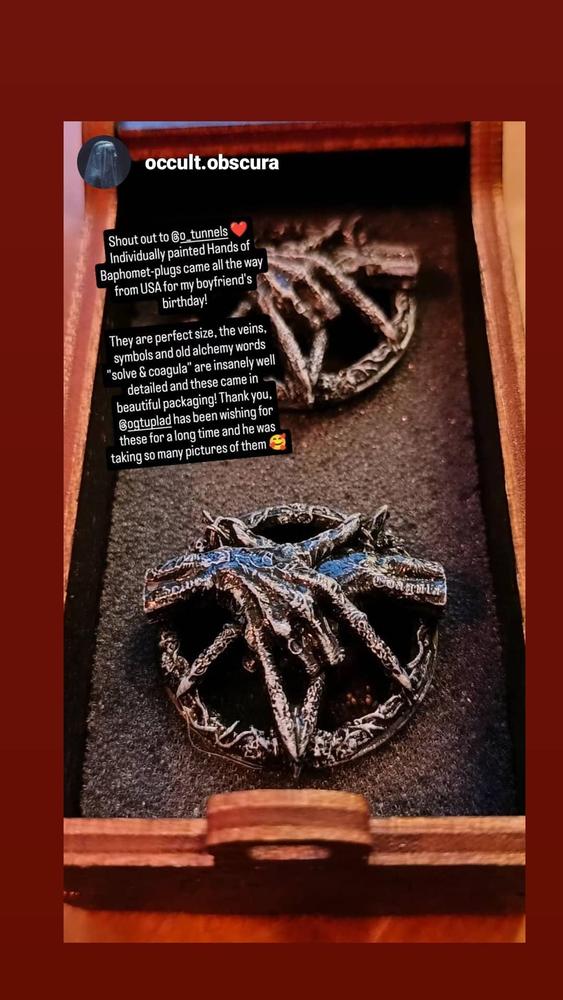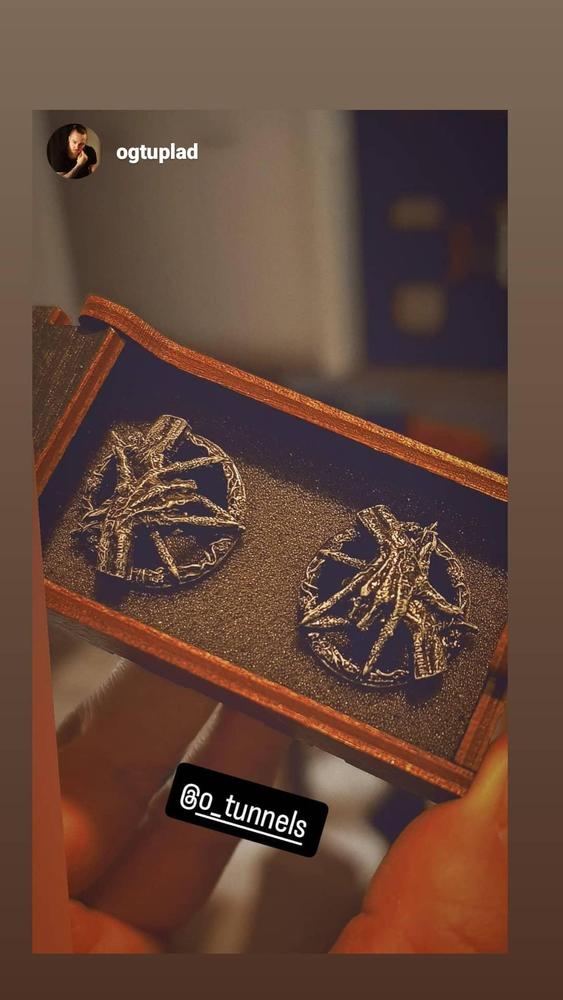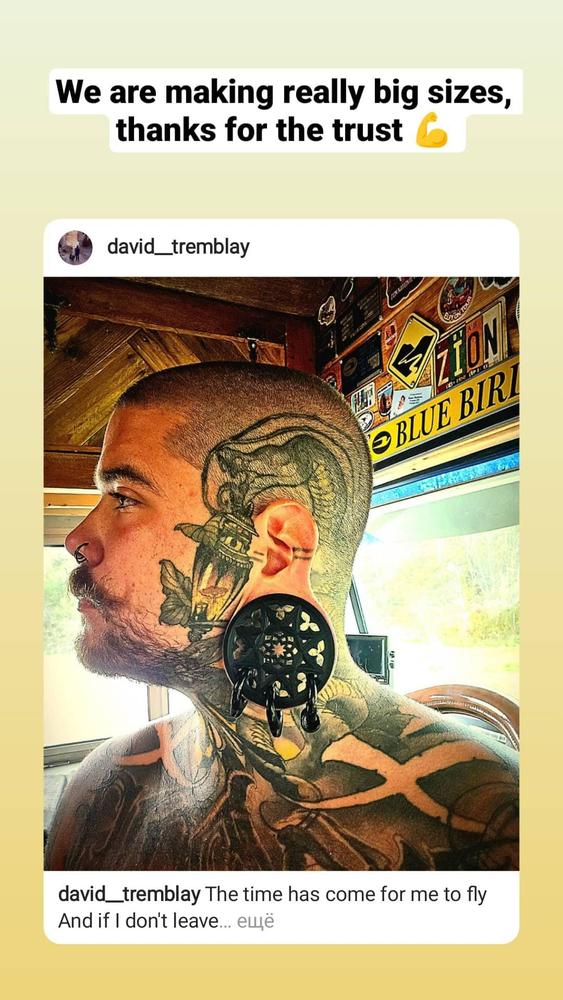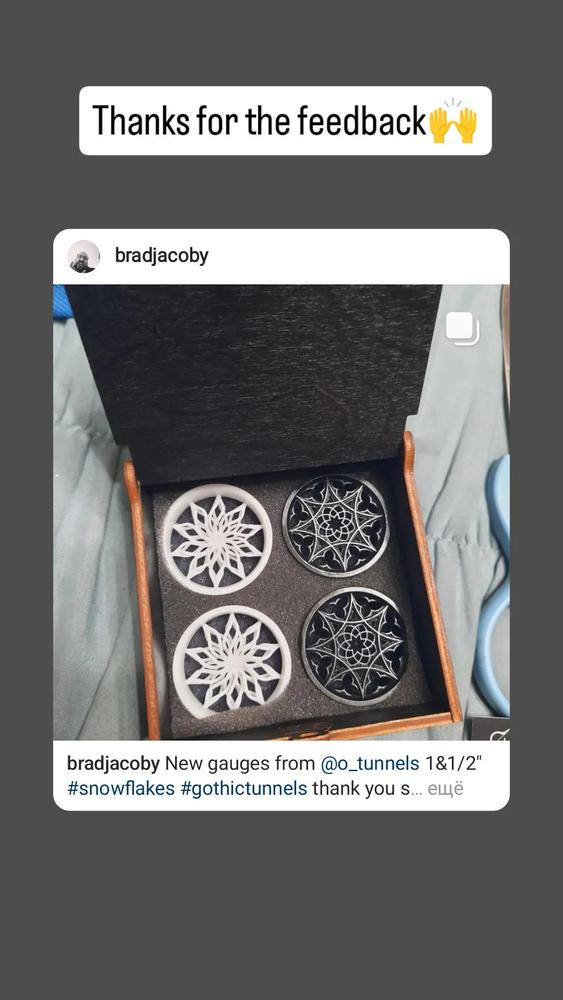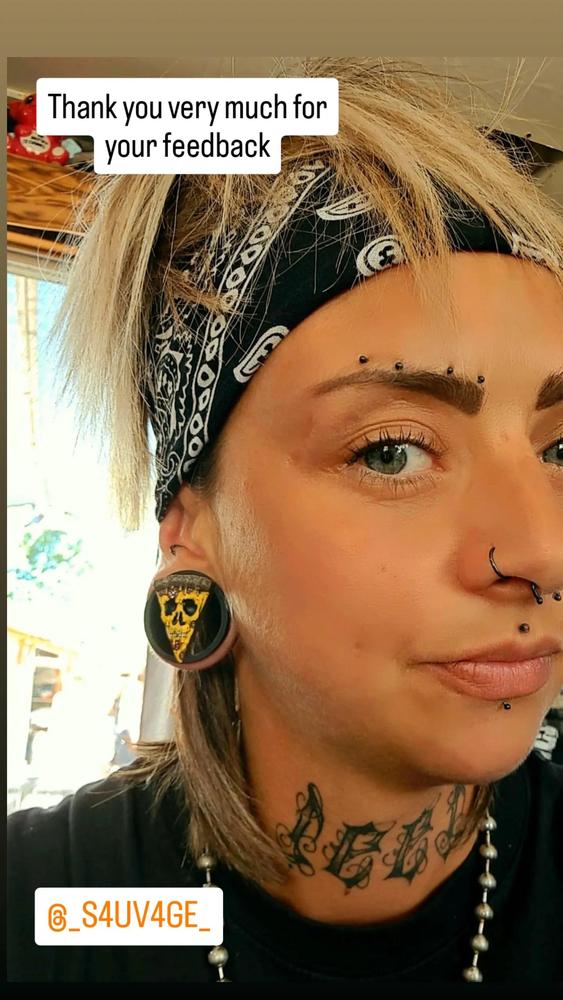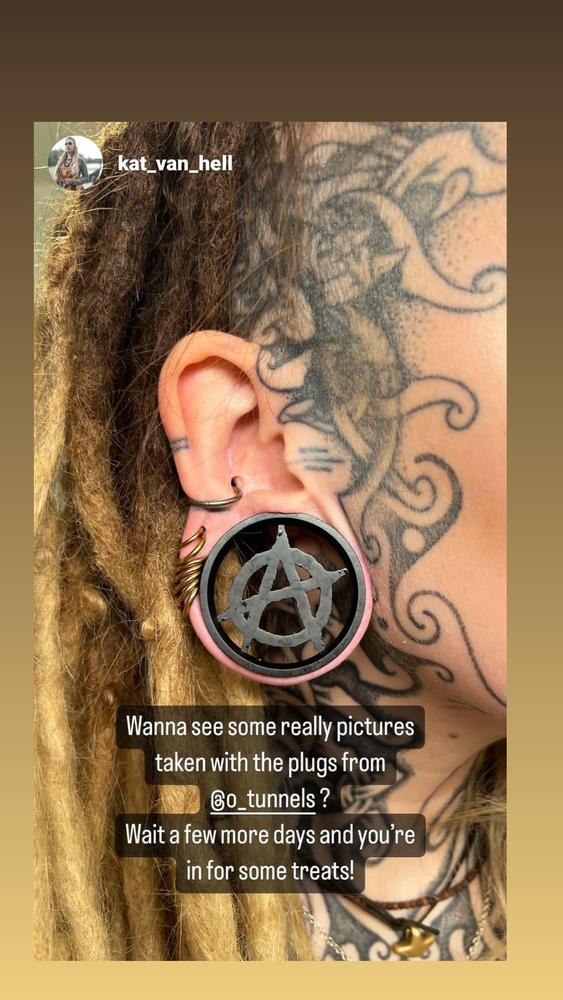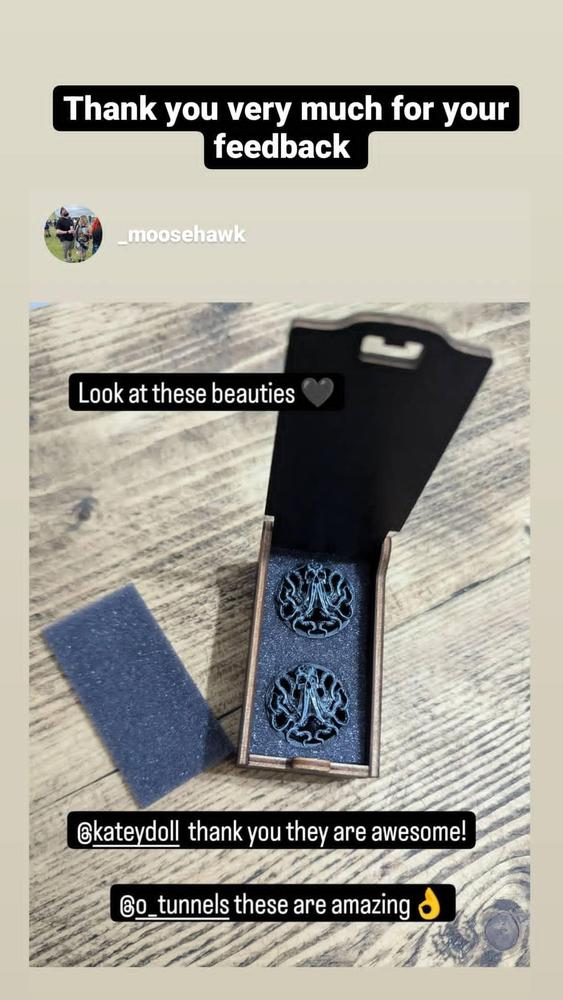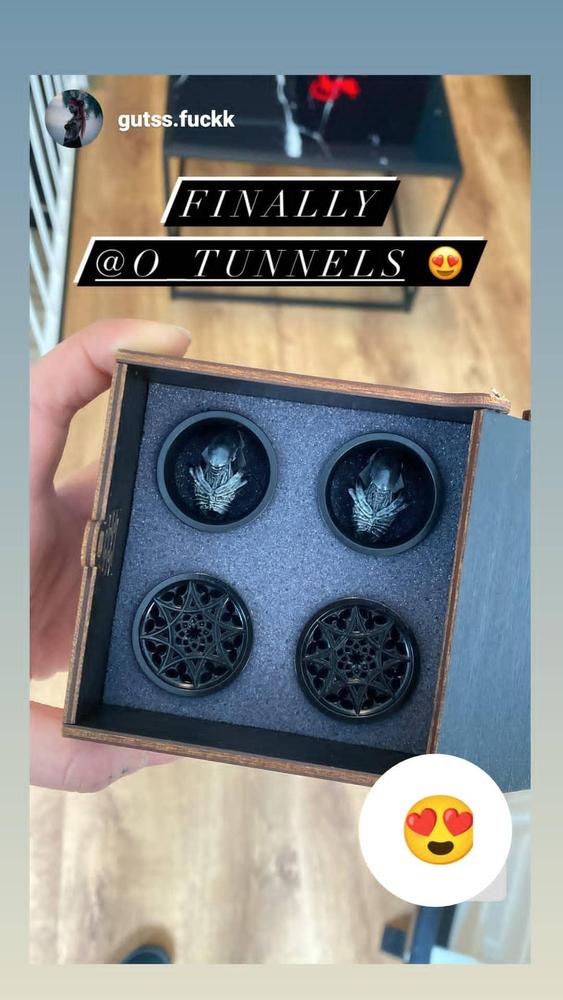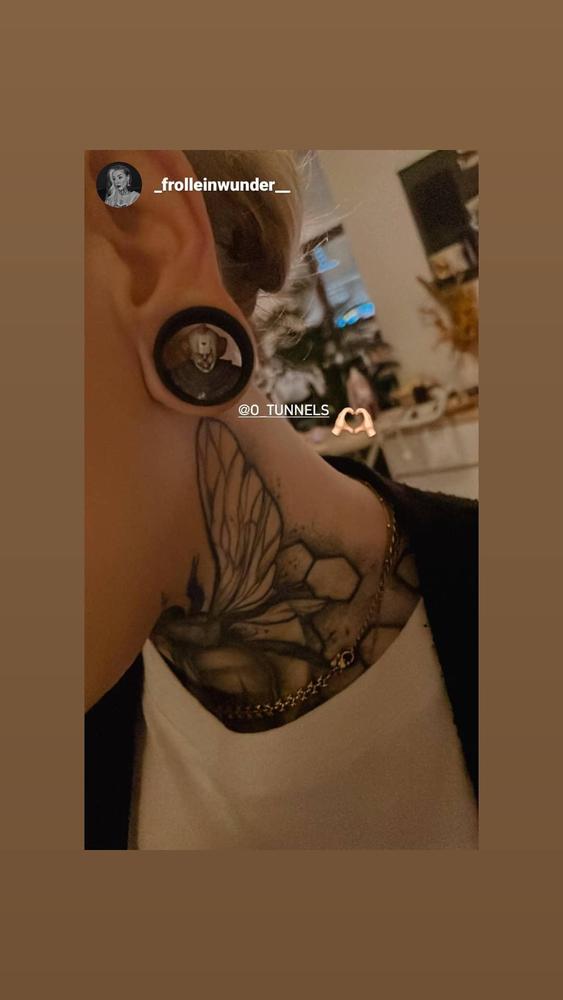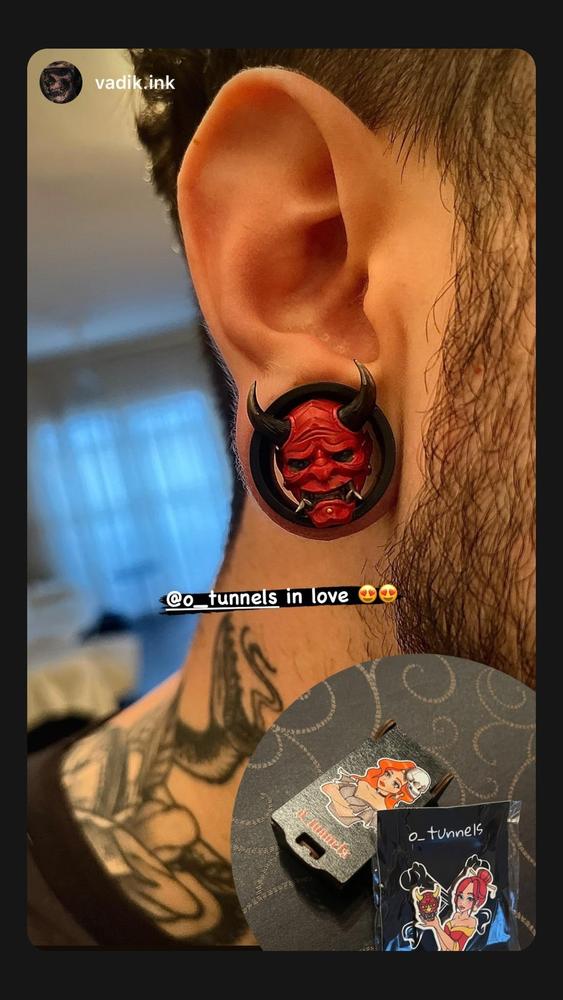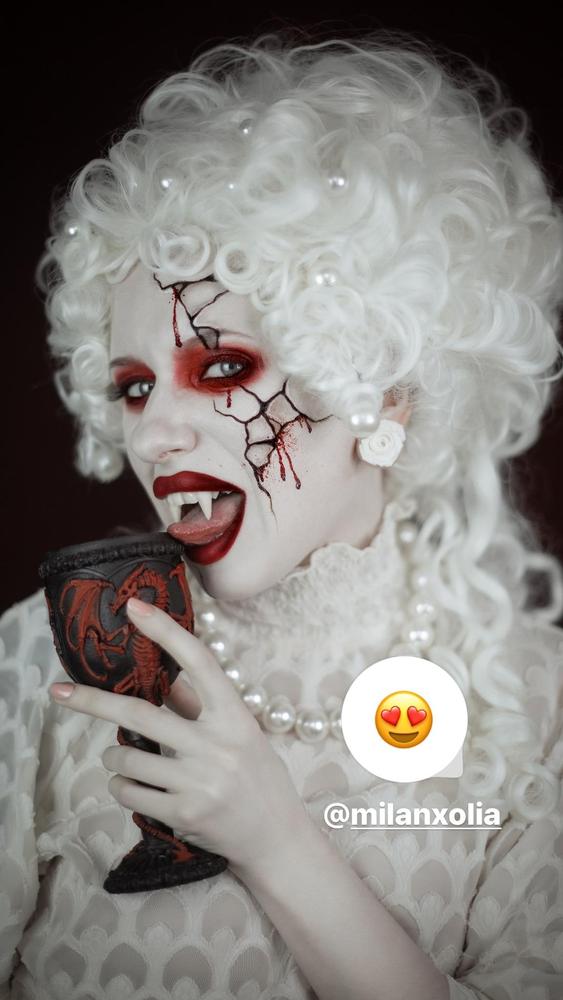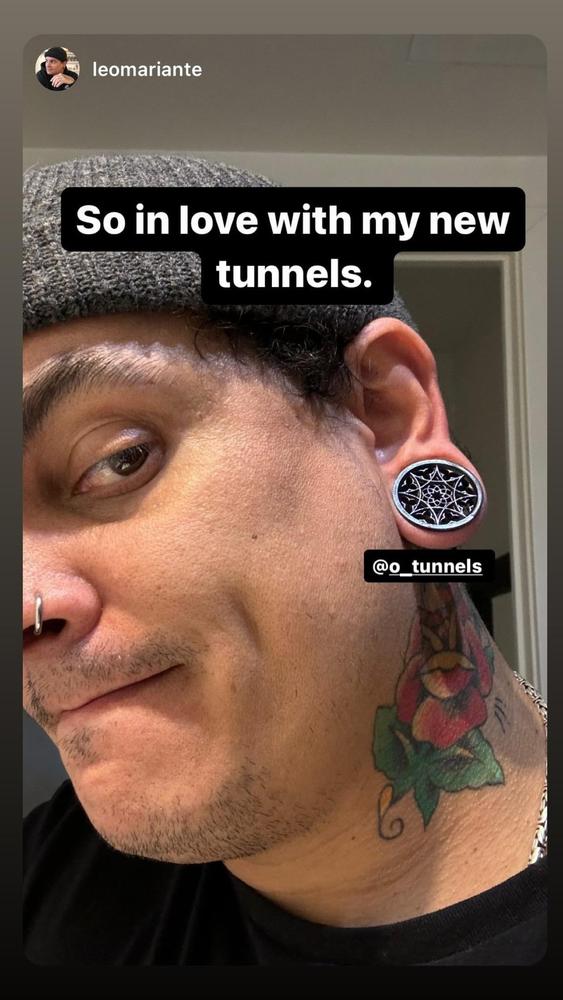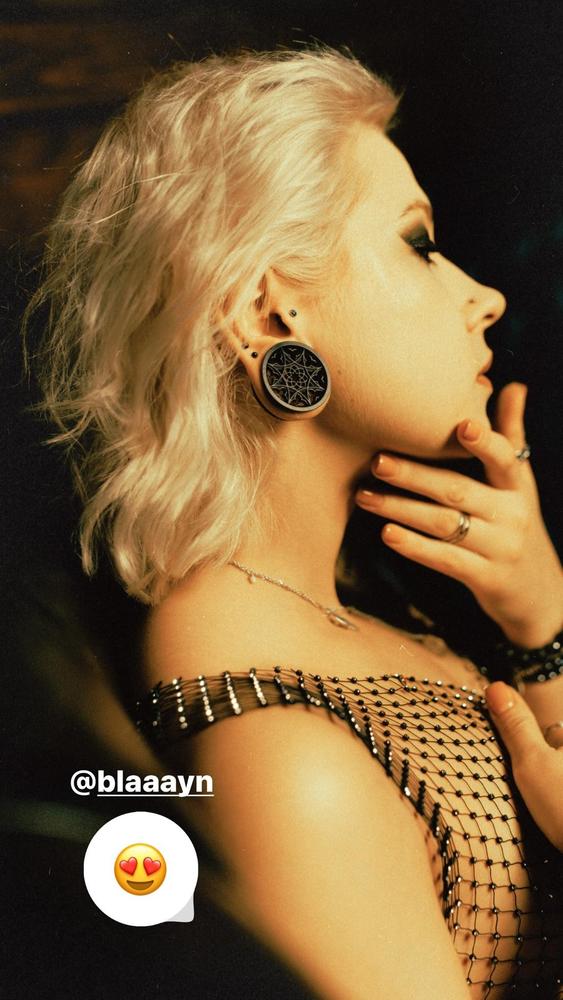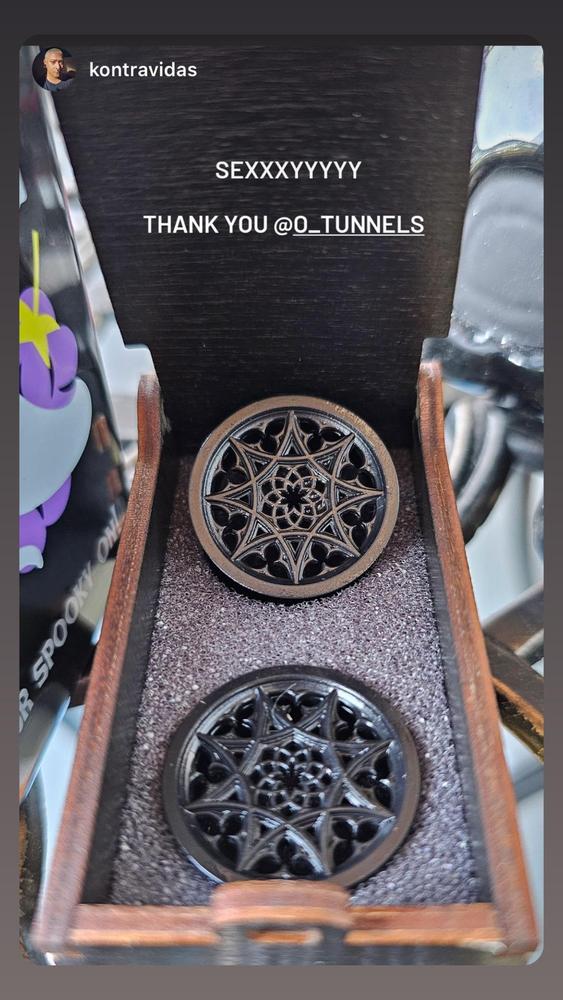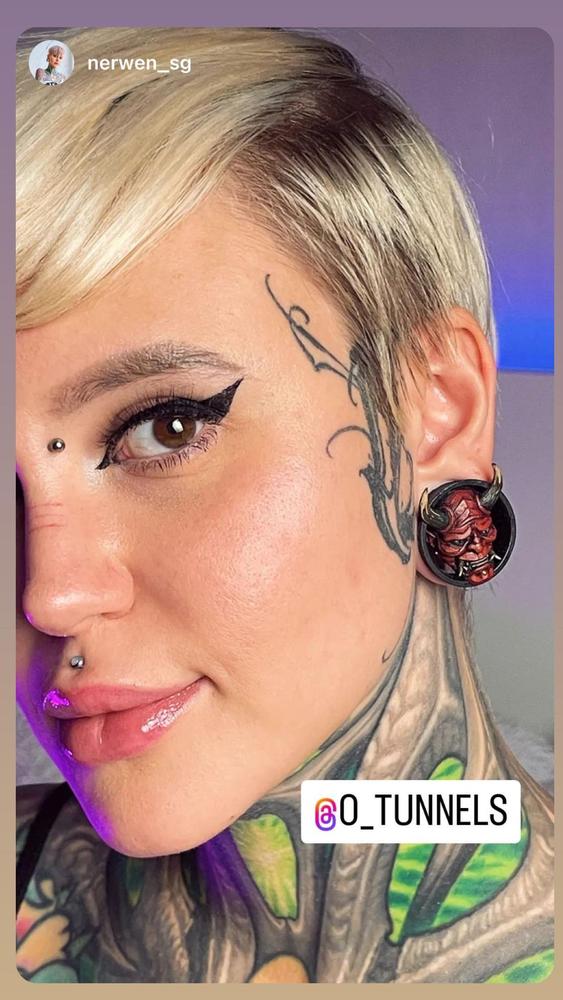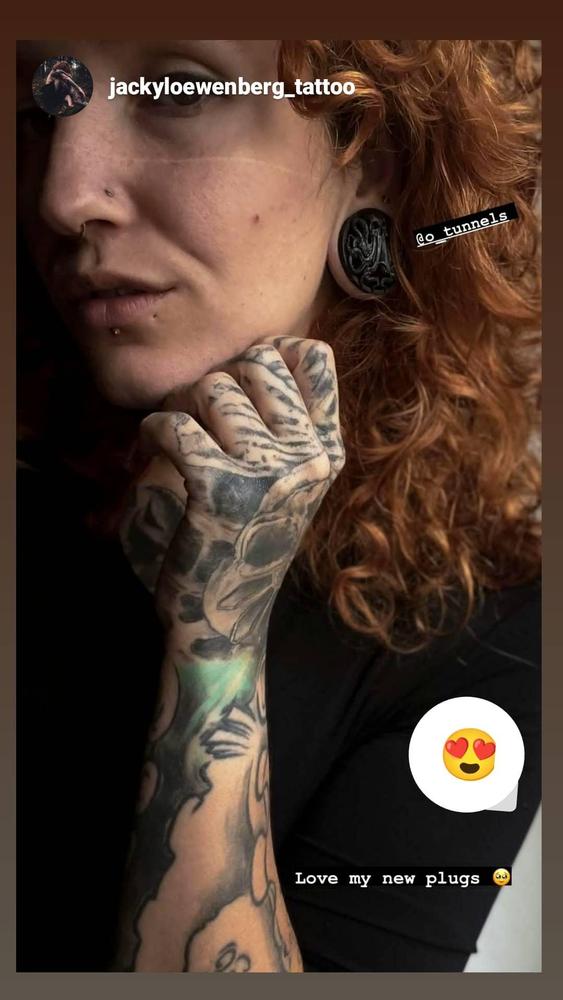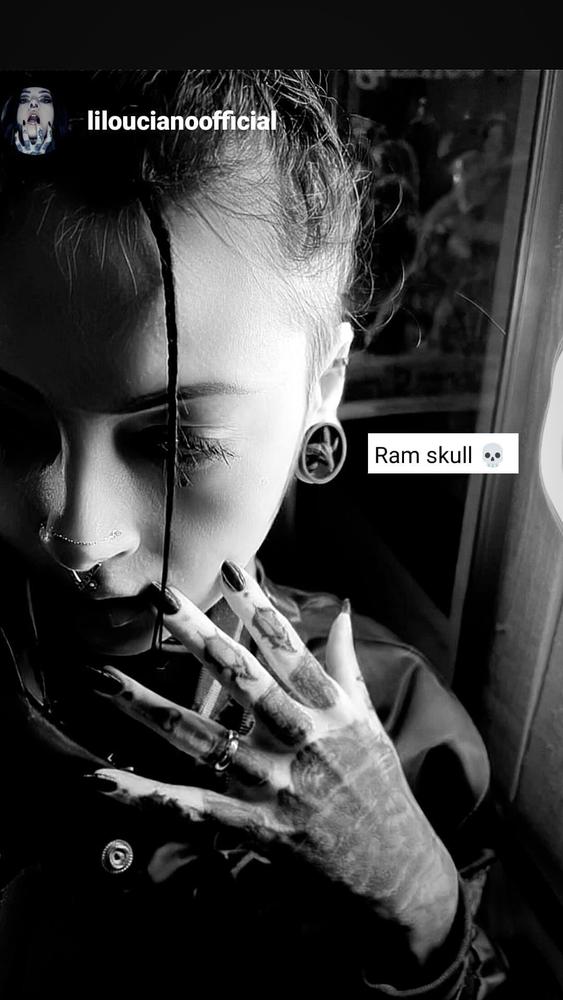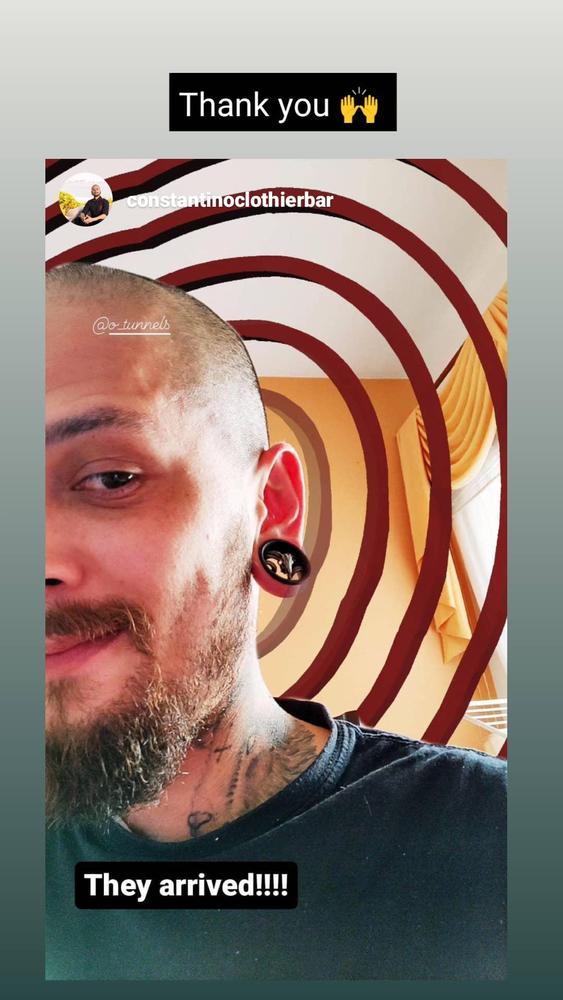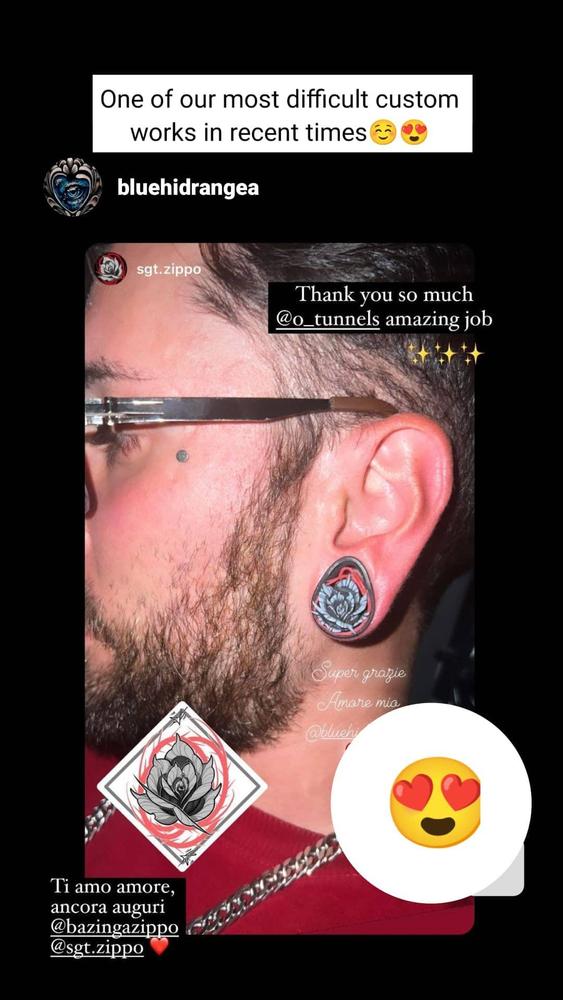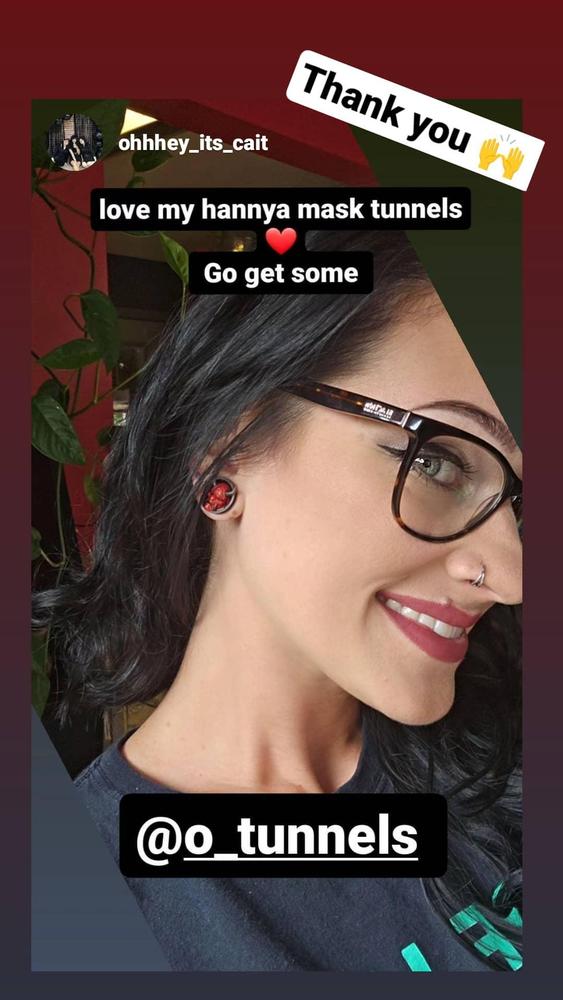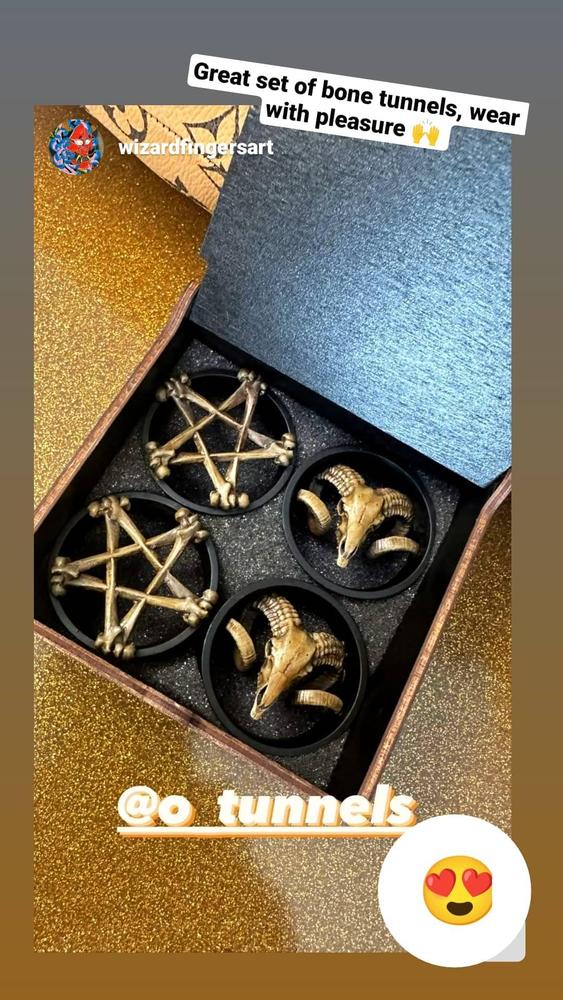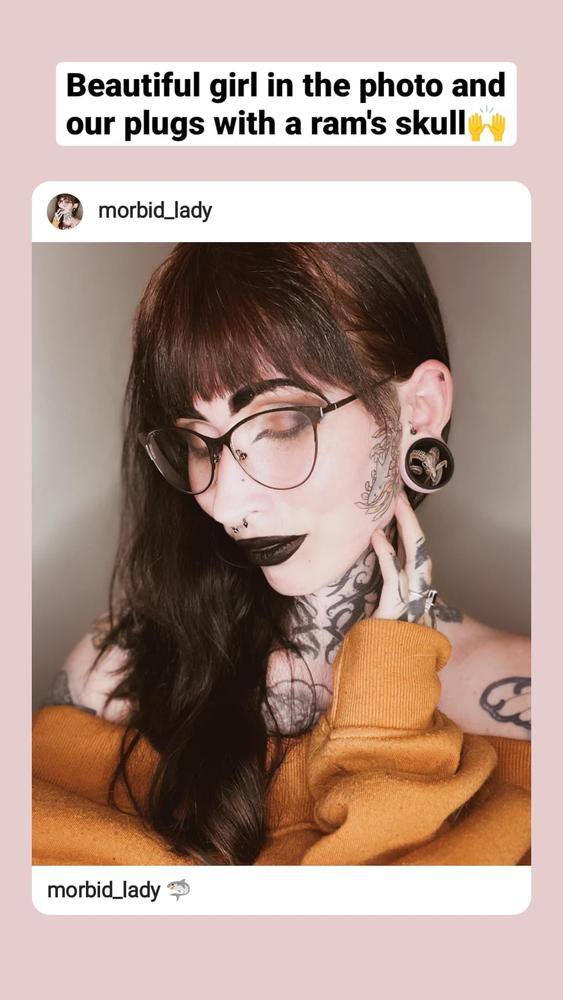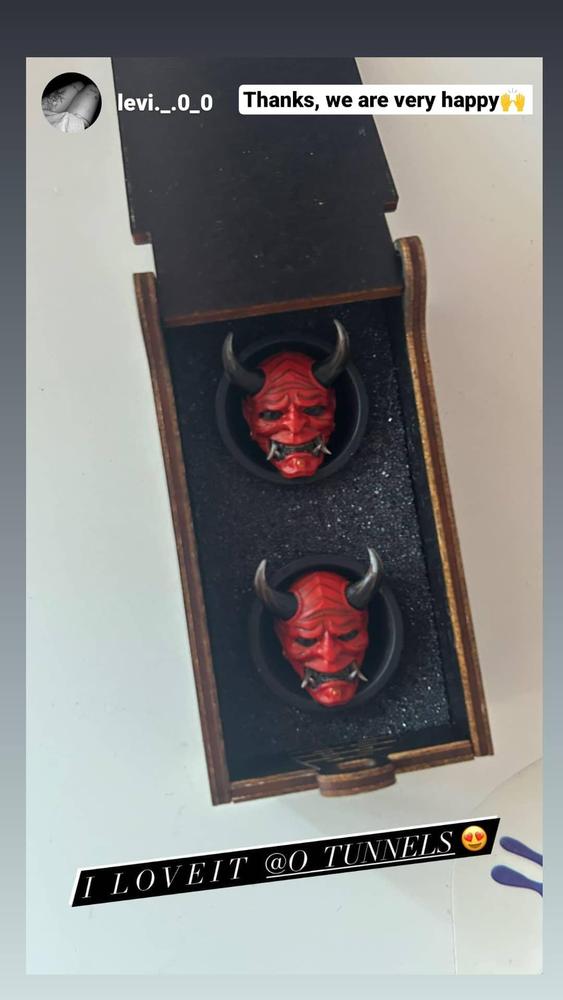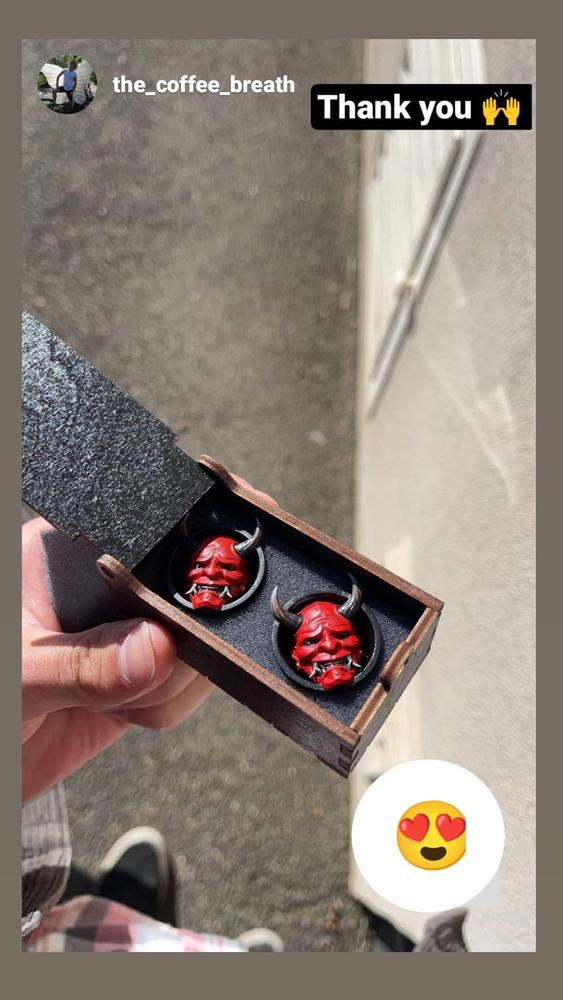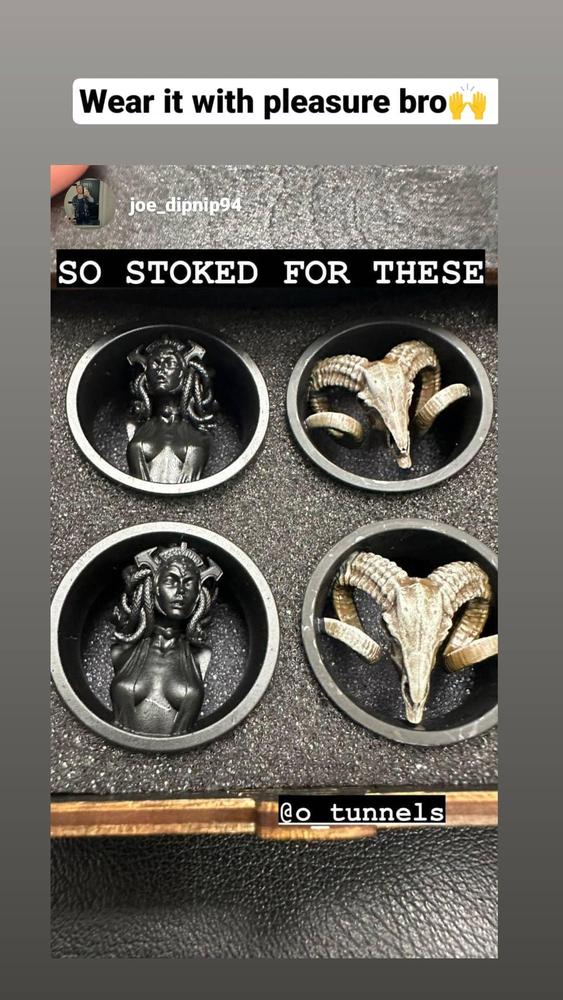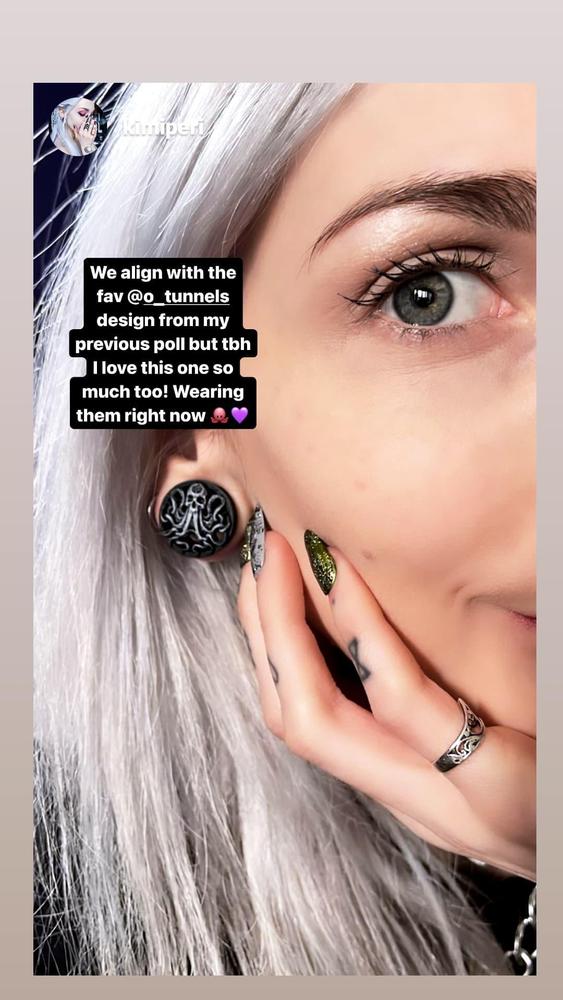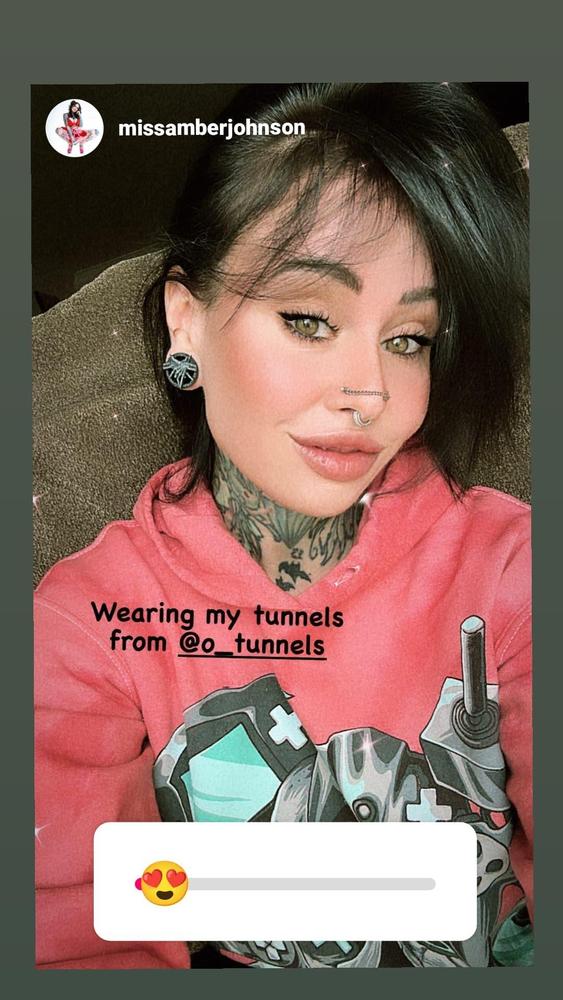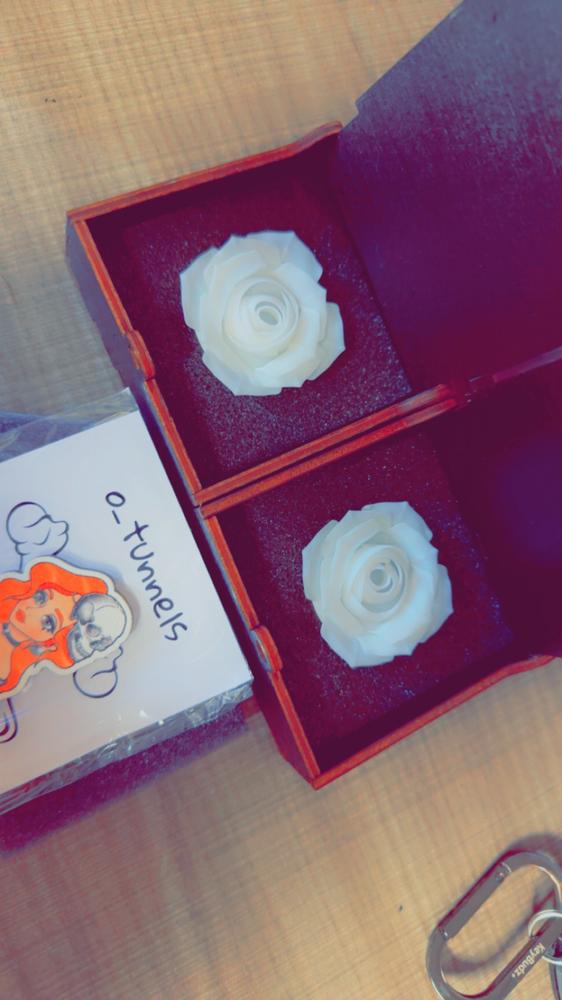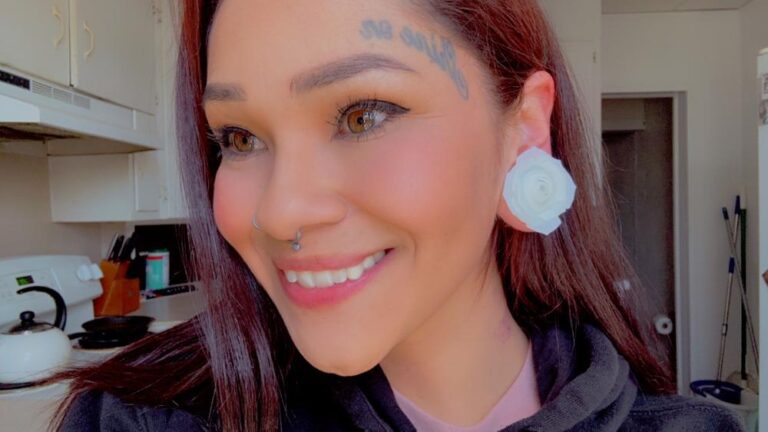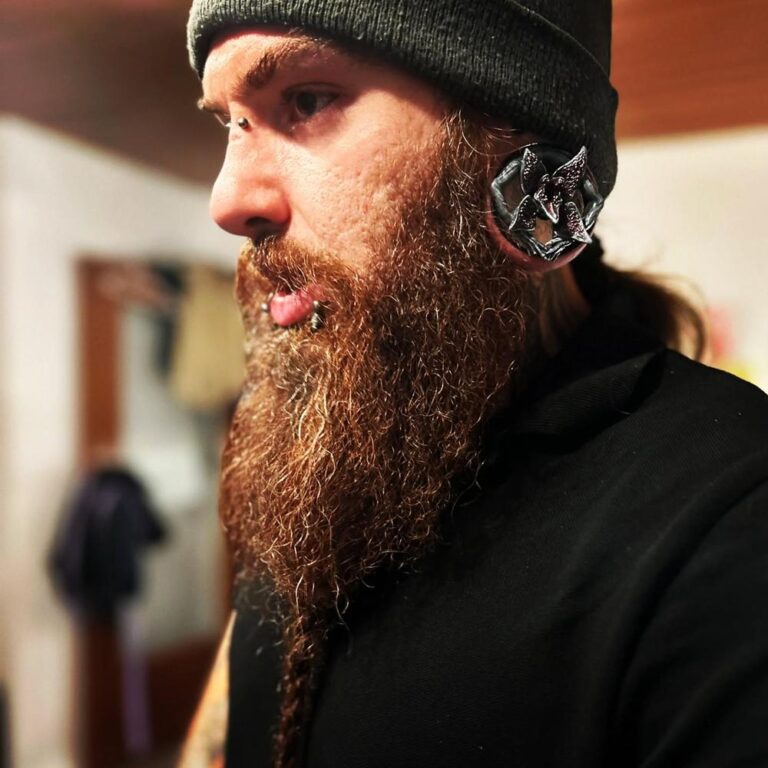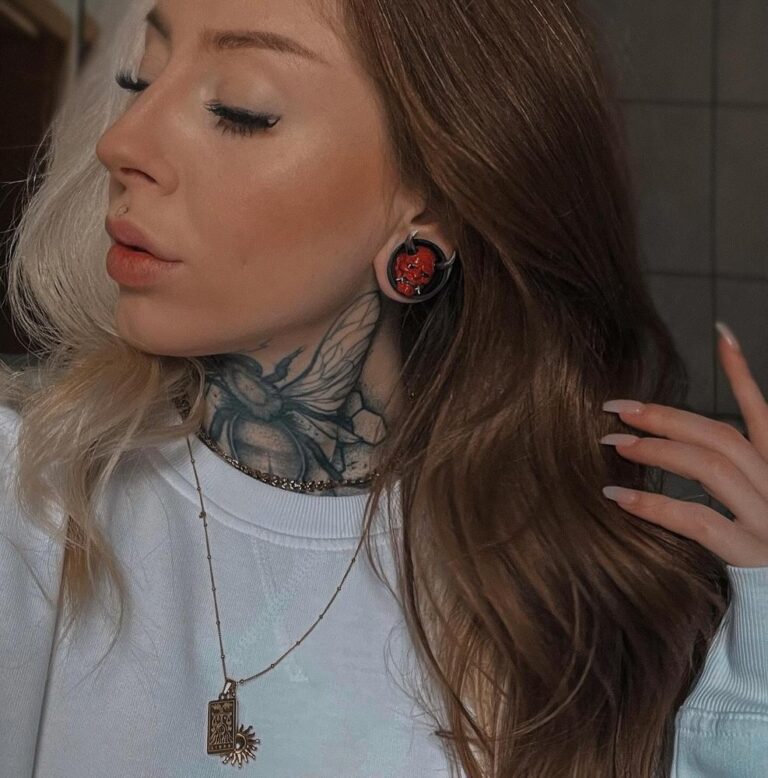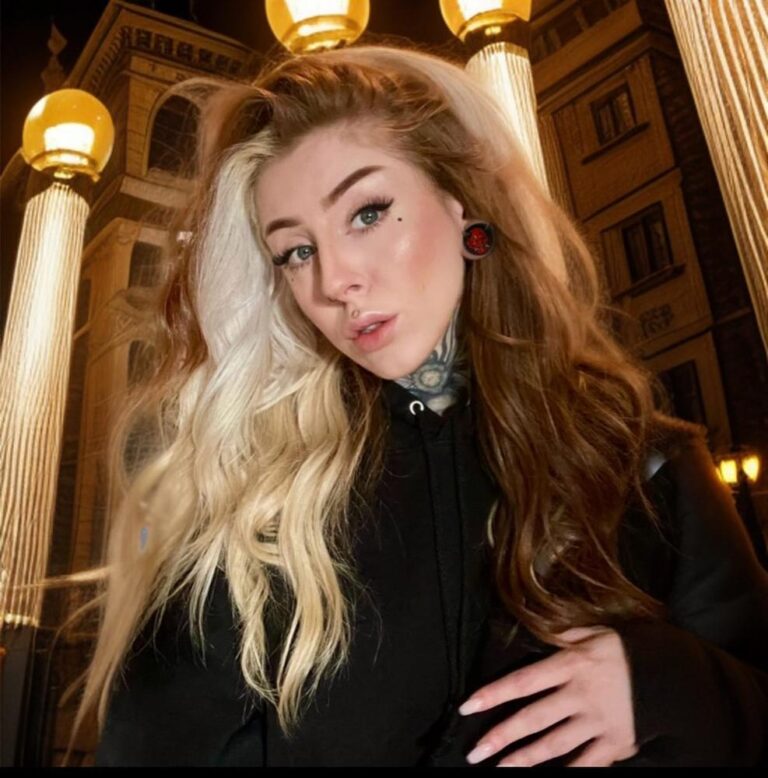Nose piercings, ear gauges, scarification – these alterations have become the new normal, especially among the cool cats of millennials and Gen Z. But what’s the real deal behind this urge to change our looks? It seems there’s a lot more brewing under the surface than just chasing the latest fad. A mash-up of different fields of study unveils the rich psychological tapestry that’s driving the growing love for tattoos, piercings, and other body mods.

The Forever Charm
Unlike the fleeting fashion whims, tattoos and piercings are your lifelong buddies. This lasting bond is what hooks many. Tattoos can serve as markers of life’s rollercoaster ride, memory lanes to lost loved ones, or badges of personal identity and beliefs. By carving meaningful symbols on the skin, folks find a way to wear their heart on their sleeves, quite literally.
Research whispers that the pinch of pain and the TLC involved in the mod journey help individuals bond with their physical selves. The ritual of getting modded up offers a control panel over one’s body, and a boost of resilience and confidence from sailing through the discomfort. And oh, the healing phase post-mod is like a silent high-five to body ownership.
And there’s the thrill of stepping into the taboo territory of body mods – a safe walk on the wild side despite their legality. As sociologist Michael Atkinson notes, the foreverness paradoxically “provides the bearer with a capacity to change the body over and over again should the self require it.”

Isn’t the human body a magnificent canvas for self-expression?
Express Yo’self
Anthropologist Margo DeMello writes in Bodies of Inscription, “The desire for self-expression is one of the motivating factors behind getting a tattoo.” Tattoos, piercings and other mods lend folks a visual vocab to voice their identity. The body turns into a canvas displaying slices of the self, from spiritual vibes to favorite bands to cultural colors.
This silent dialogue aids in cooking up identity both on a solo and squad level. Some tattoos are like team jerseys, signaling belonging to particular tribes, from punks to hip hop. Communities on the fringe sport modified looks to voice their identity and challenge the mainstream narrative. Like breast cancer warriors might opt for nipple tattoos post-mastectomy to reignite their feminine spark.

Rebel With A Cause
Body mods offer a route to a “safe” rebellion against the stiff societal norms. As fashion buffs note, “Historically, decorating the body was seen as subversive behavior, a rejection of conservative values and norms.” While they might raise a few eyebrows, tattoos and piercings don’t venture into the dangerous territory of real risk-taking like crime or addiction.
Interestingly, research shows that the youth with body mods tend to have their heads screwed on right. They keep a healthy side-eye on authority without being the “bad seeds.” Studies reveal that modded teens actually stir less trouble and have a sturdy social circle. For them, calculated body mods replace the risky routes of rebellion.

Fitting In By Standing Out
The tug of war between being unique and belonging seems a bit of a puzzle. But body mods play the peacemaker satisfying both urges simultaneously. While they set one apart from the crowd, they also act as badges of tribe membership. Since we’re social animals, we dig both standing out and fitting in. Body mods bridge this social see-saw.
Consumer peeks reveal that as a trend gets more pals, the appeal of extremes rises to keep the unique flag flying high. While a simple back tattoo celebrates individuality, full sleeves become the hot pick as tattoos go mainstream. Even the subtle mods shout out a generational kinship through shared body artistry.

Body Lovin’
Ladies’ bodies have long been under a harsh spotlight, judged against sky-high standards. Tattoos and piercings shift the focus from the shaky beauty benchmarks to personal adornment. They sing the tunes of body positivity and self-governance. Every form turns into a work of art with its own unique flair.
This vibe resonates with why nearly 72% of modded individuals are female. They share that tattoos boost their confidence and physical empowerment. Piercings offer a chance to reclaim and celebrate parts of the body and sexuality often under the wrong kind of spotlight. Researchers chime in, “Doing so represents an attempt to reject objectification.”

New Lens, Who Dis?
As body mods cozy up in the mainstream, mental health perspectives are also getting a fresh coat of paint. Early psychological probes cast tattoos as signs of rebellion or mental hiccups. But now, they’re seen as healthy shouts of self-expression and identity crafting.
A 2022 scoping review found no reason to shade voluntary body mods. Psych folks now sport a more nuanced social-psych lens. For instance, developmental peeks see young’uns experimenting with mods as normal identity doodling. Health champs are rooting for safe mod spots instead of shaming ink and piercings. The whole scene has shifted from seeing mods as issues to be fixed to embracing them as legit ways of self-discovery rather than missteps needing correction.

Peeling The Layers
The global embrace of body mods isn’t just skin-deep. Various fields unveil a bundle of functions served by this body art wave:
- Sociology – Marginalized crews use body art as a toolkit to craft empowered identities, snatch back ownership from objectification, and wave the flag of resistance.
- Media Studies – The web and celeb world have rolled out the red carpet for tattoos and piercings as everyday fashion, sparking a generational follow-the-leader.
- Youth Studies – Tattoos and piercings are keys for adolescents to unlock identity, sing independence, and play the different tune from the parent-gen.
- Trauma Psychology – Body mod can be a part of the healing mix, allowing survivors to reclaim their bodies.
- Health Psychology – Rules and regs have chopped down risks tied to professional ink and piercings.
The big picture? Research shines a light on how body mods cater to a mix of psychological cravings for permanence, expression, belonging, empowerment, and autonomy.

A Trip Down Memory Lane
For eons, humans have had a knack for decorating, sculpting, and jazzing up our flesh, pain being no party pooper. Though the methods have seen many a sunrise and sunset, this artistic itch hasn’t faded. Today’s tattoo renaissance, jazzed up by changing norms, tech, and easy access, is a ticket to bolder, more diversified self-showcase.
Far from just skin-deep fashion, body mod practices unveil our ageless yen to mold identity and experiences through the body. Be it ritual skull reshaping or contemporary ear gauges, physical tweaks serve a buffet of complex and rich psychosocial functions. The stories behind each mod are as diverse as the peeps getting inked or pierced. But the core tune remains the same – an anthem to be more uniquely ourselves.

